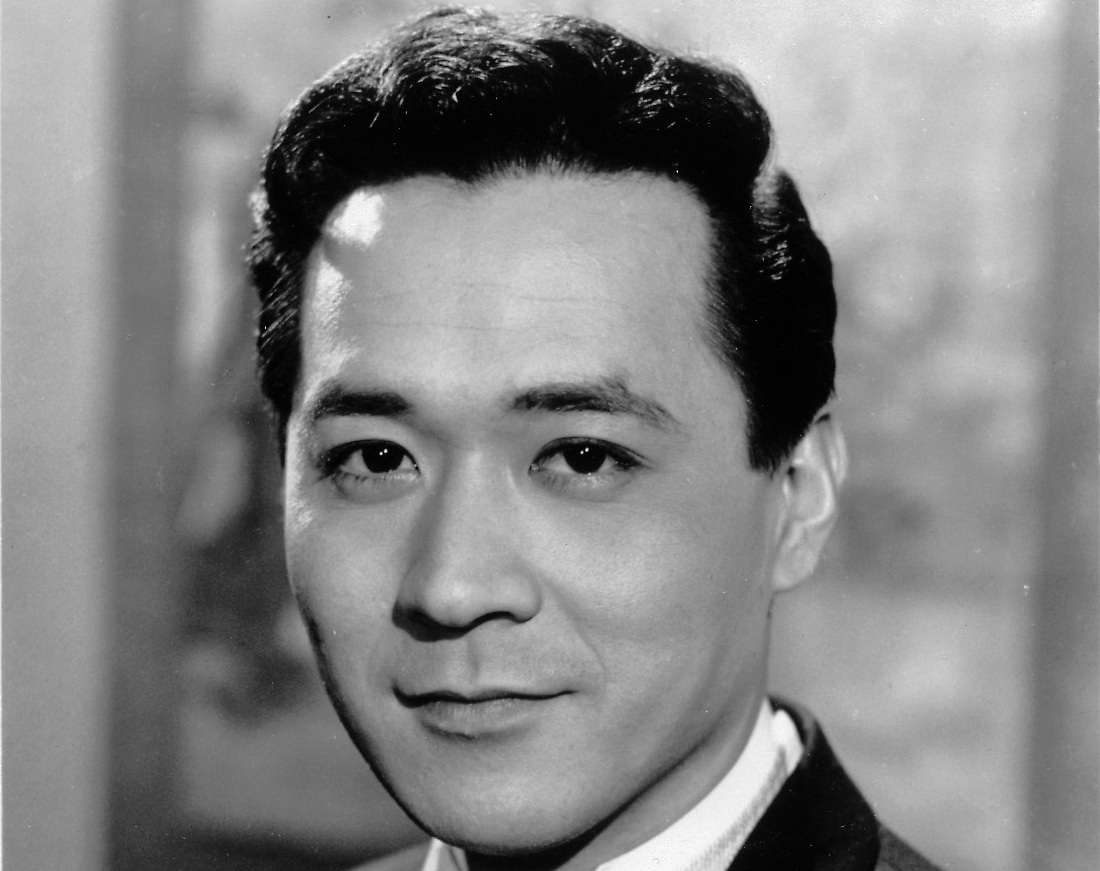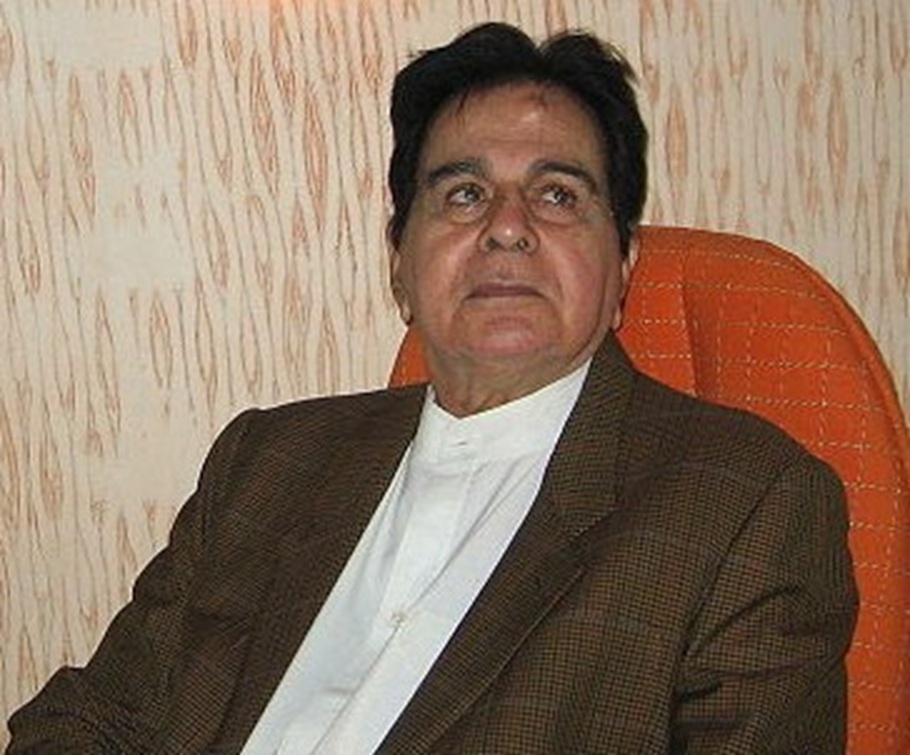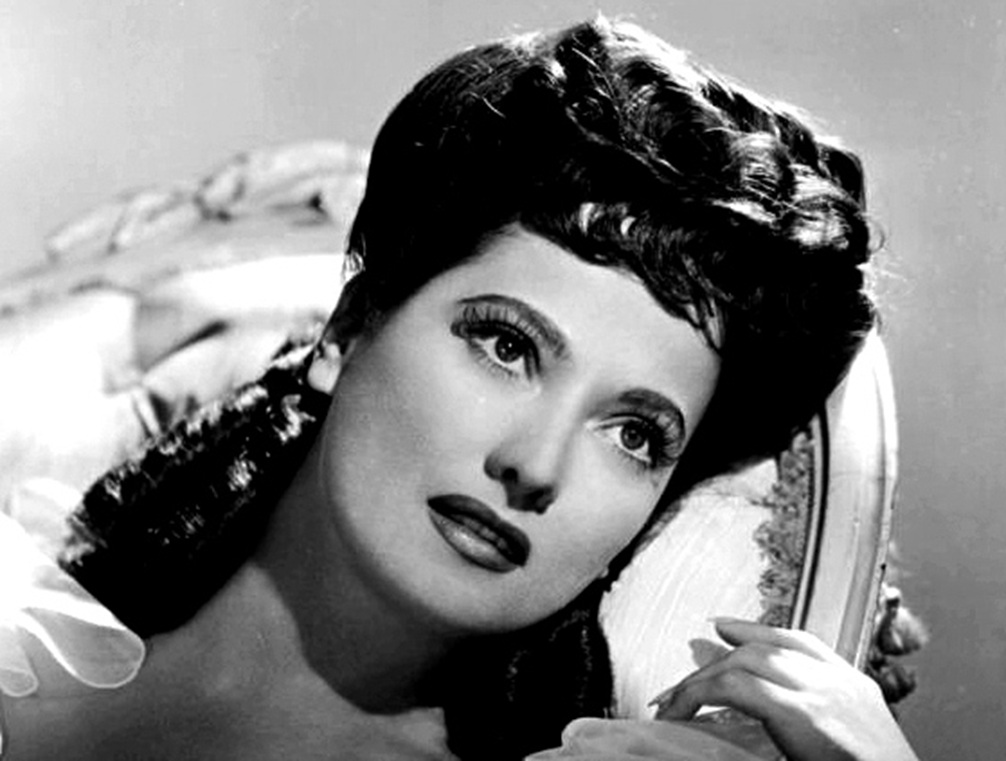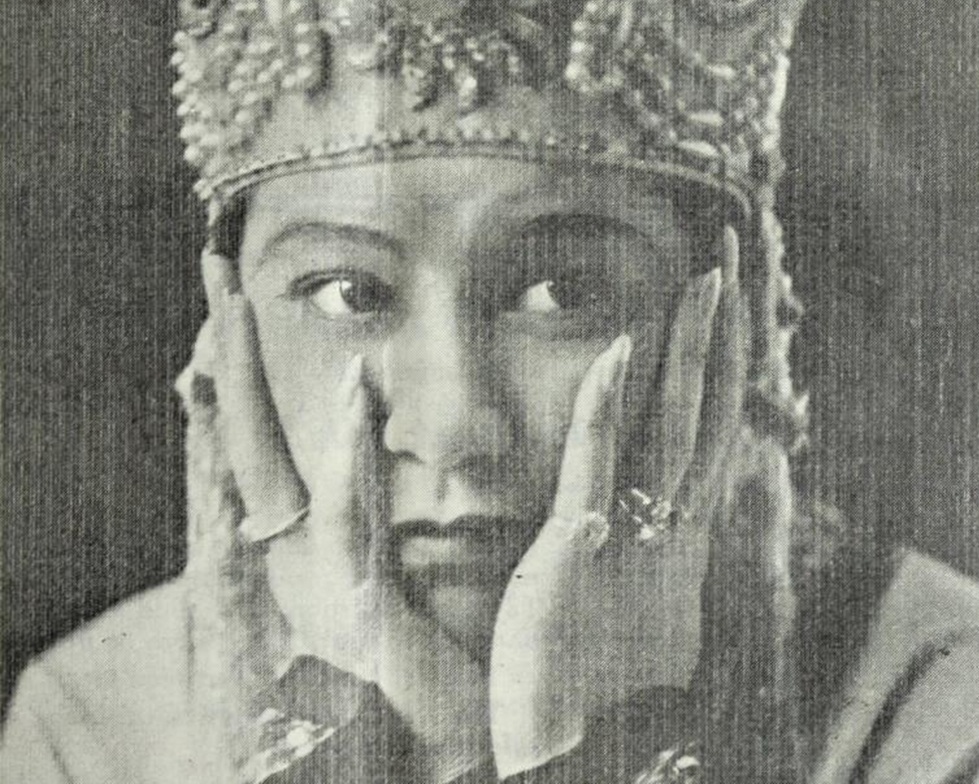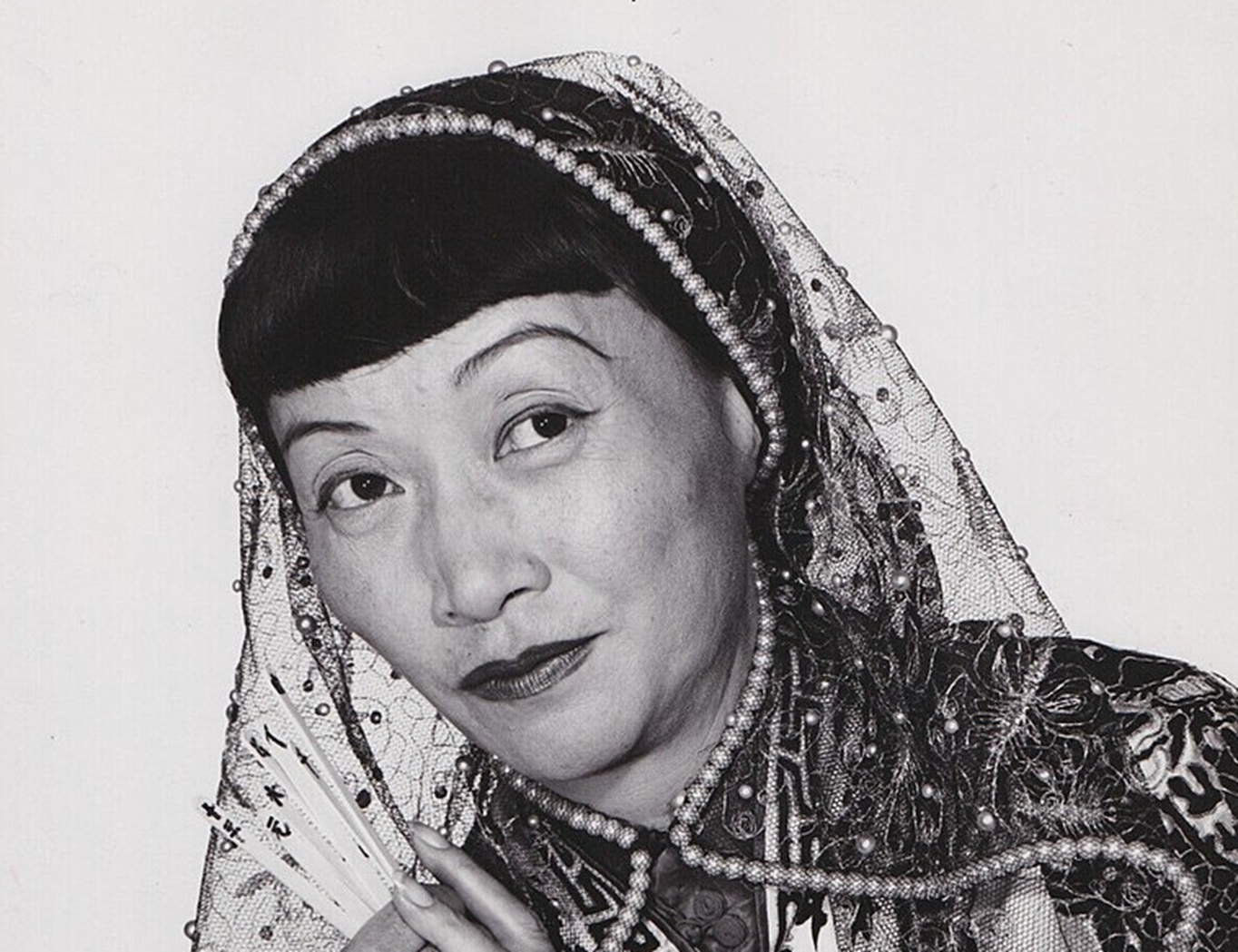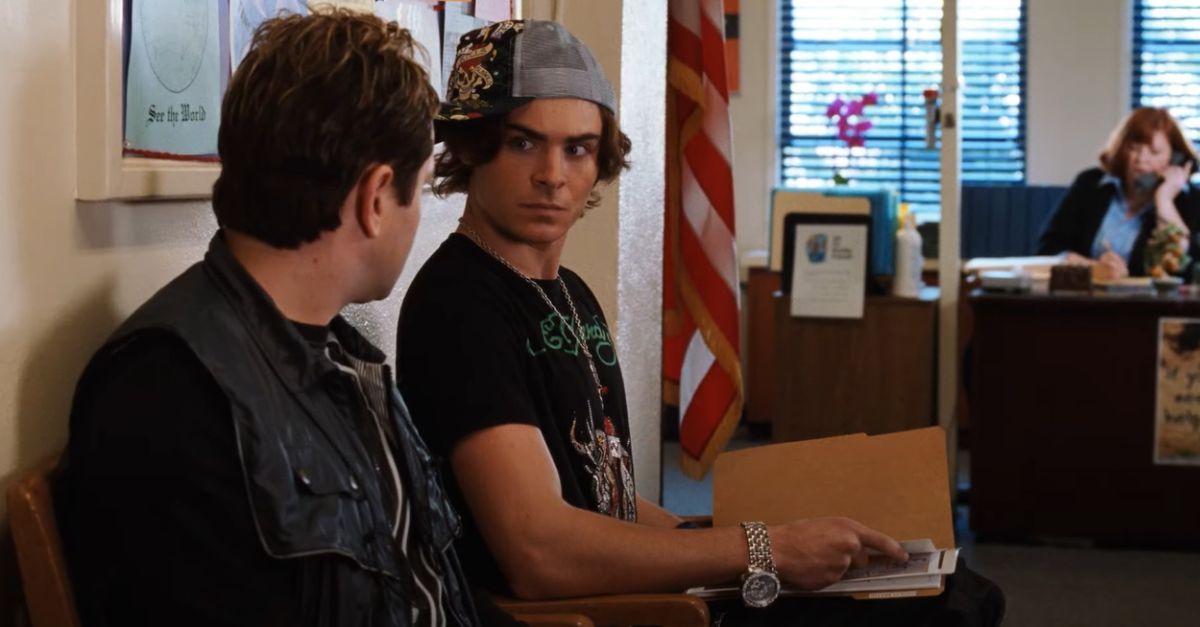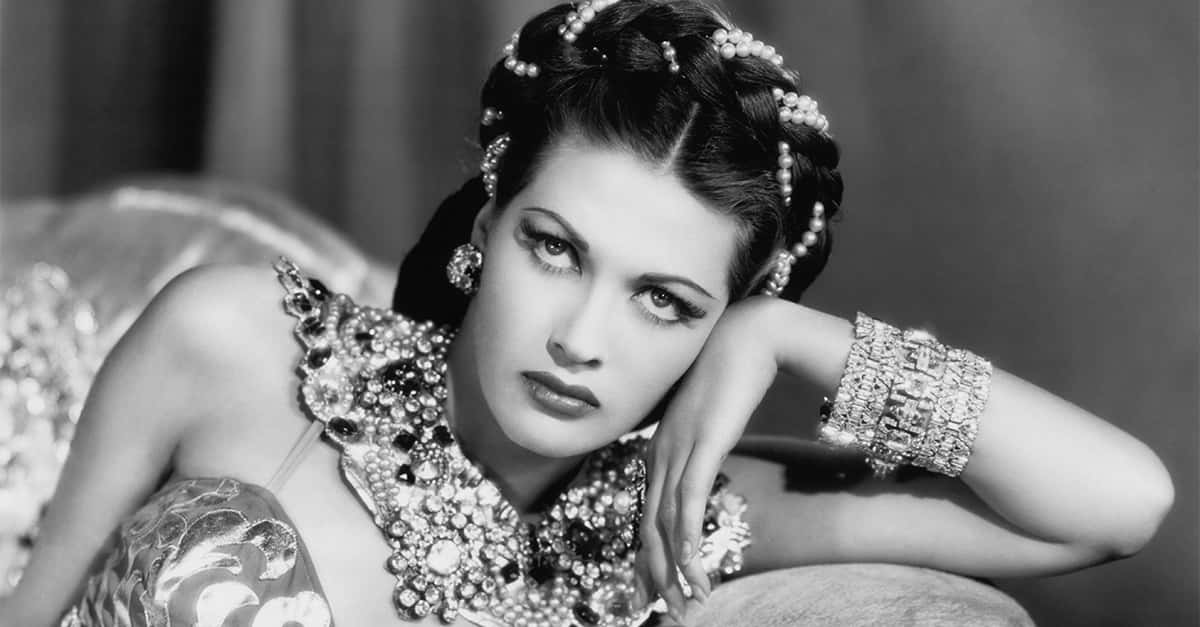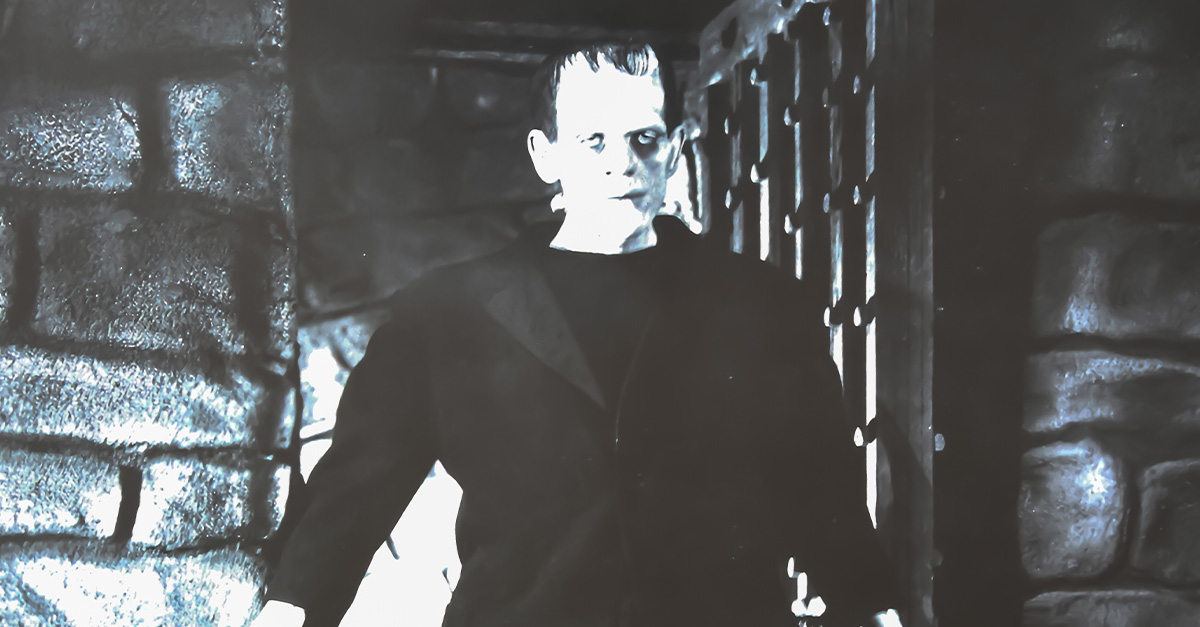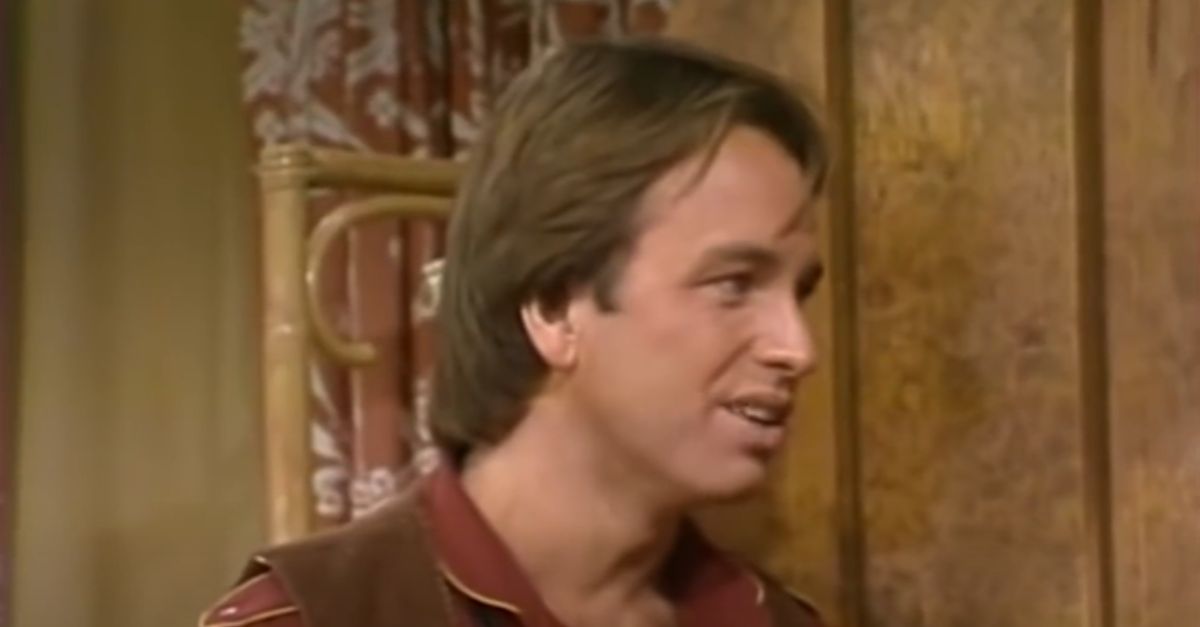These Performers Broke Barriers In Hollywood
Hollywood history is not always pretty, as both the stories told onscreen and behind the camera can reflect ugly standards of the past. The realm of Asian performers onscreen articulates a lot of this but also points to individual trailblazers that set the stage for future stars such as Lucy Liu or Steven Yeun to thrive in the industry.
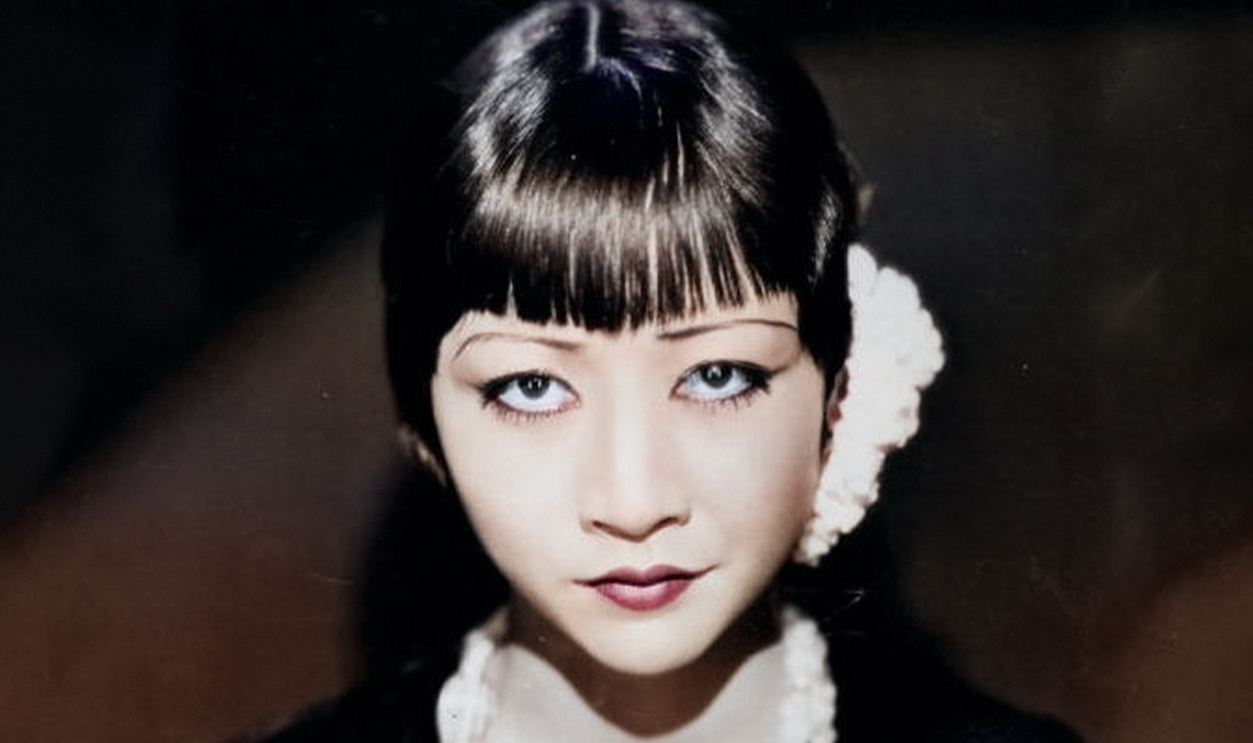
Sessue Hayakawa
Sessue Hayakawa was part of a power couple that included past list entry, Tsuru Aoki. The two had the sparks flying when they played opposite each other in the 1914 silent drama O-Mimi San, which yes, is unavailable today.
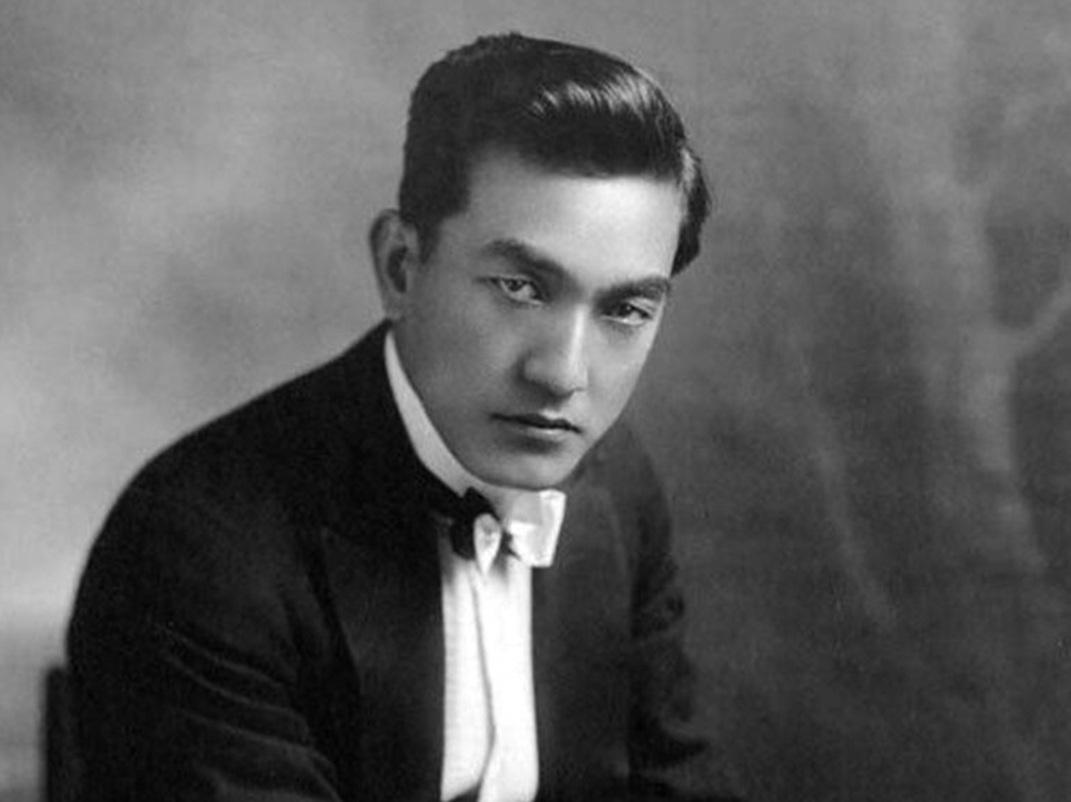 Fred Hartsook, Wikimedia Commons
Fred Hartsook, Wikimedia Commons
Sessue Hayakawa
Hayakawa worked with several prominent directors, including Cecile B DeMille in his 1915 drama The Cheat. The most prominent, though, was with David Lean on The Bridge on the River Kwai, for which Hayakawa received a Best Supporting Actor Academy Award nomination.
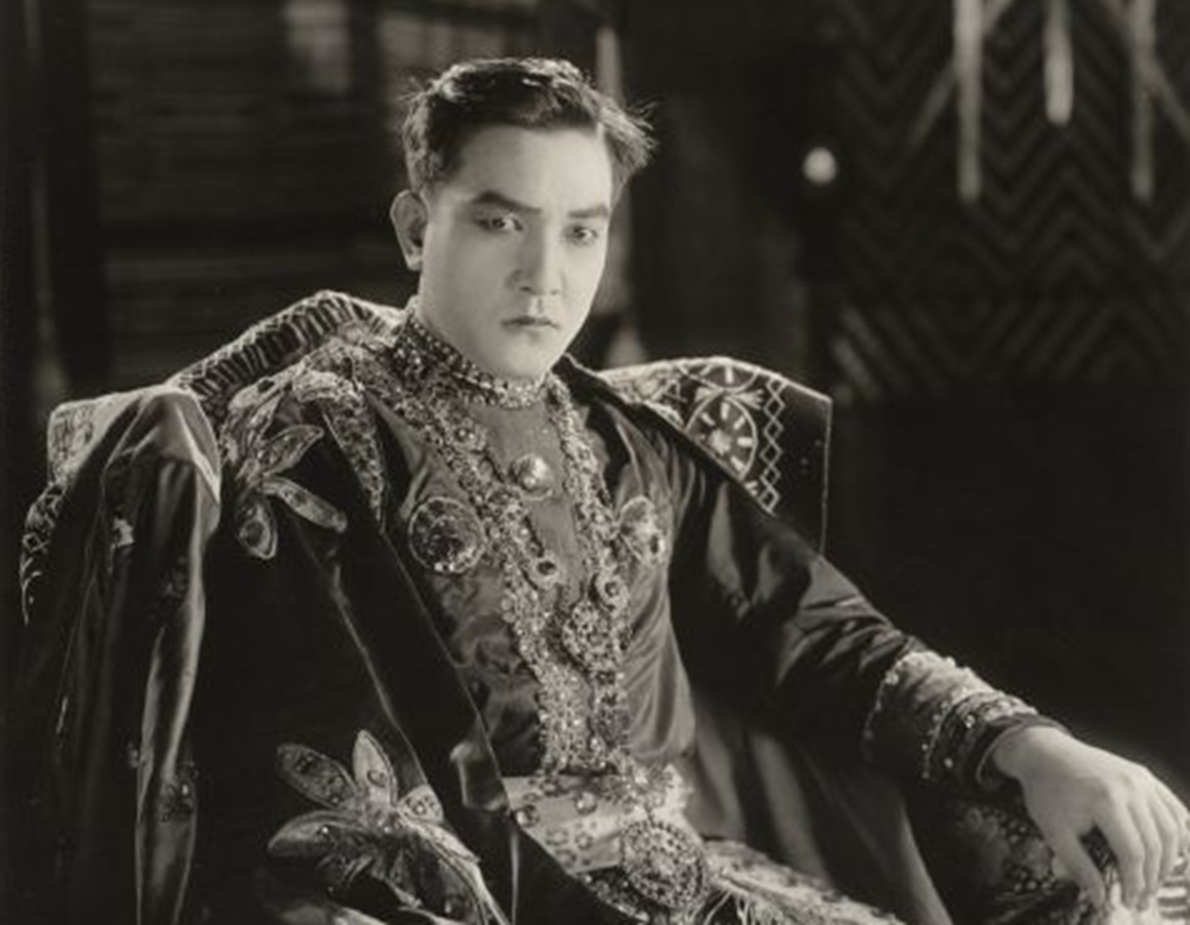 Wisconsin Center for Film and Theater Research, Wikimedia Commons
Wisconsin Center for Film and Theater Research, Wikimedia Commons
Miyoshi Umeki
Miyoshi Umeki represents a considerable benchmark in Hollywood history, being the first performer of Asian descent to win an Academy Award. It was for her performance as Red Buttons’ wife in the 1957 film Sayonara, a work certainly representative of a new socially conscious brand of Hollywood filmmaking.
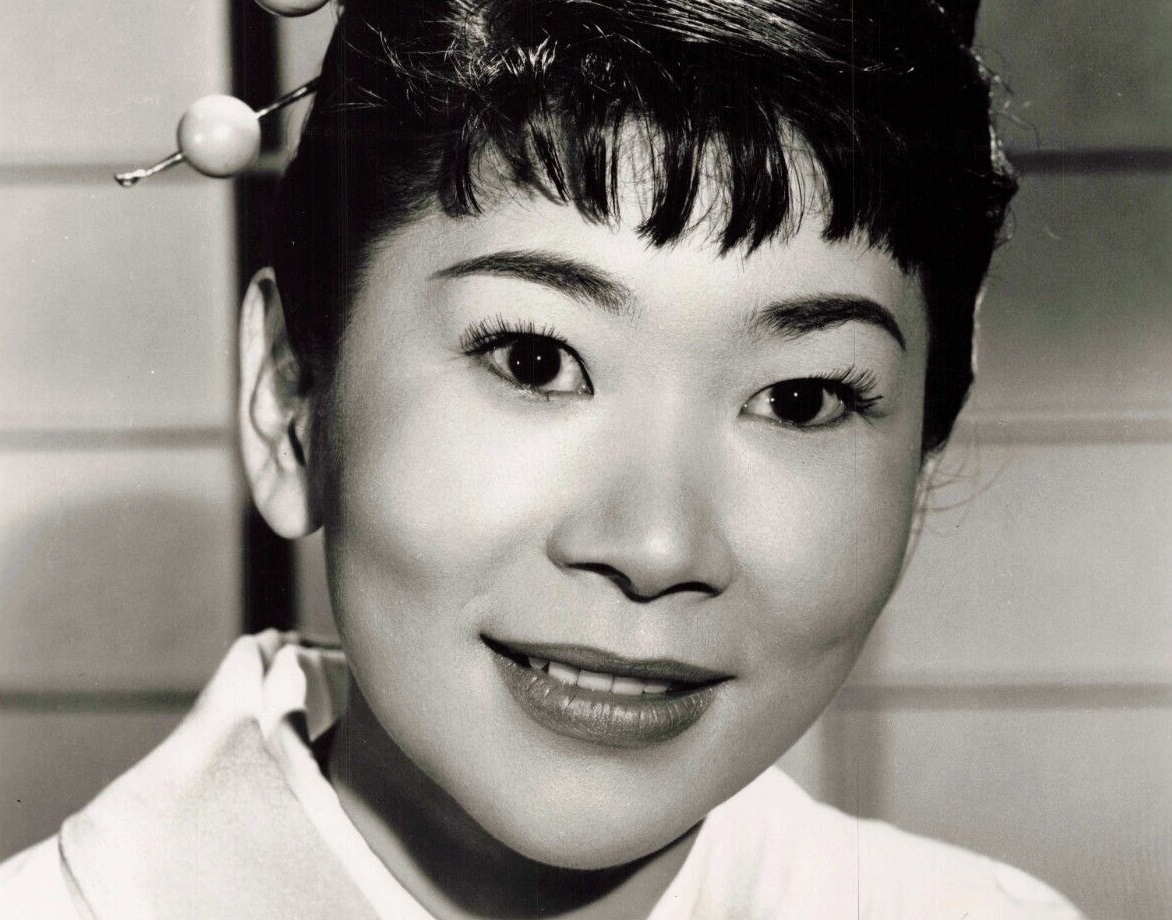 Warner Bros. Wikimedia Commons
Warner Bros. Wikimedia Commons
Miyoshi Umeki
While Umeki didn’t appear in that many films outside of Sayonara, that didn’t mean her career was short. She stayed busy performing on Broadway and television, where she often took advantage of her singing abilities.
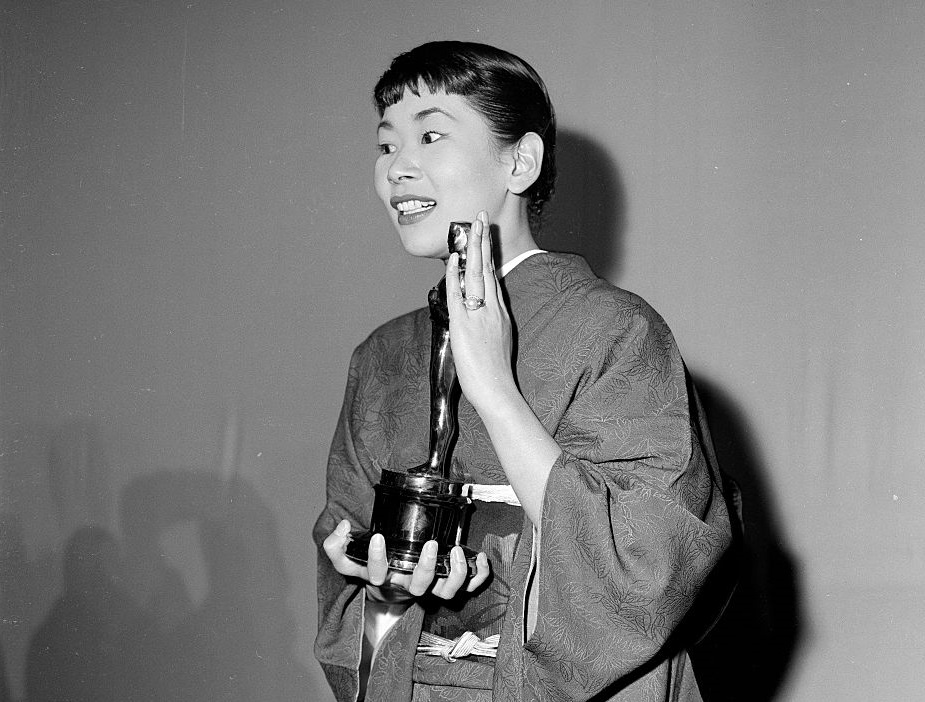 Michael Ochs Archives, Getty Images
Michael Ochs Archives, Getty Images
James Shigeta
With a sharp jawline and a set of skills that included singing in addition to acting, James Shigeta had all the makings of a possible star. That being said, he ran into a lot of prejudice during his time in the entertainment industry, with a director even allegedly telling him he’d be a big star if he were only White.
James Shigeta
Regardless, Shigeta racked up many good credits in his filmography, such as the classic noir The Crimson Kimono or the musical Flower Drum Song. Near the end of his career, he even appeared as one of the Japanese executives in Die Hard.
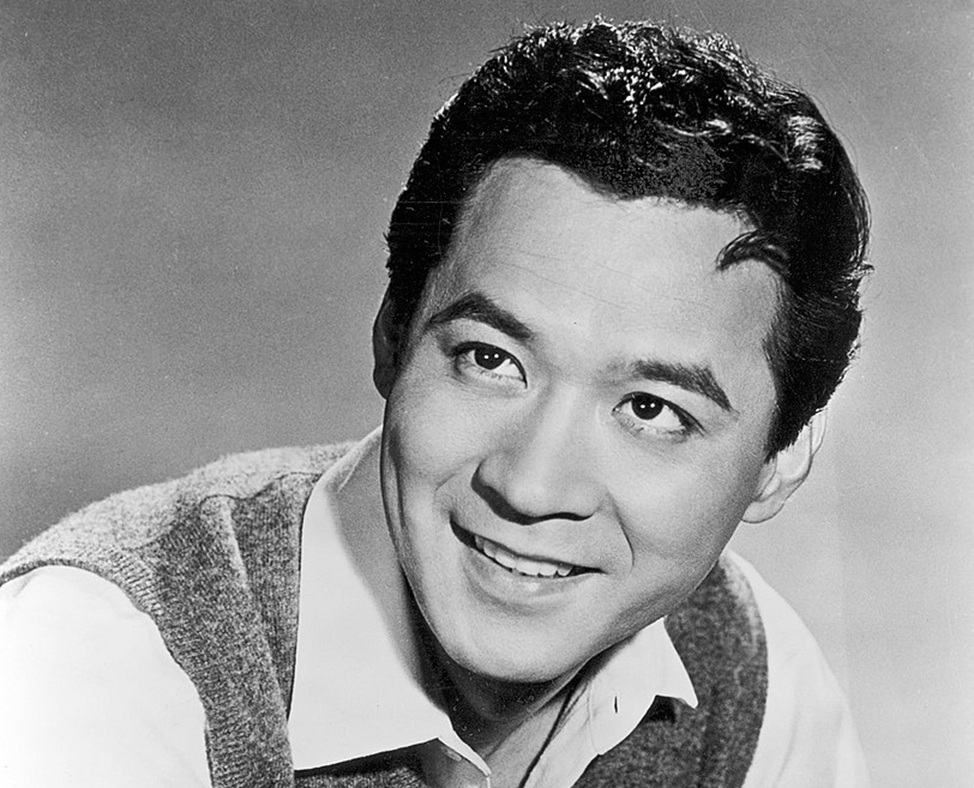 Universal Pictures Company, Inc., Wikimedia Commons
Universal Pictures Company, Inc., Wikimedia Commons
Dilip Kumar
A fan favorite of the 1950s, the Pakistan-born Dilip Kumar was one of the biggest stars of Indian cinema. He was also the first winner of the Filmfare Best Actor award, that ceremony being like a Bollywood equivalent of the Academy Awards.
Dilip Kumar
Some of the biggest titles in Kumar’s filmography included Devdas, Mughal-e-Azam and Madhumati. Many of these films are available on DVD through your local library—if you still have a player, that is.
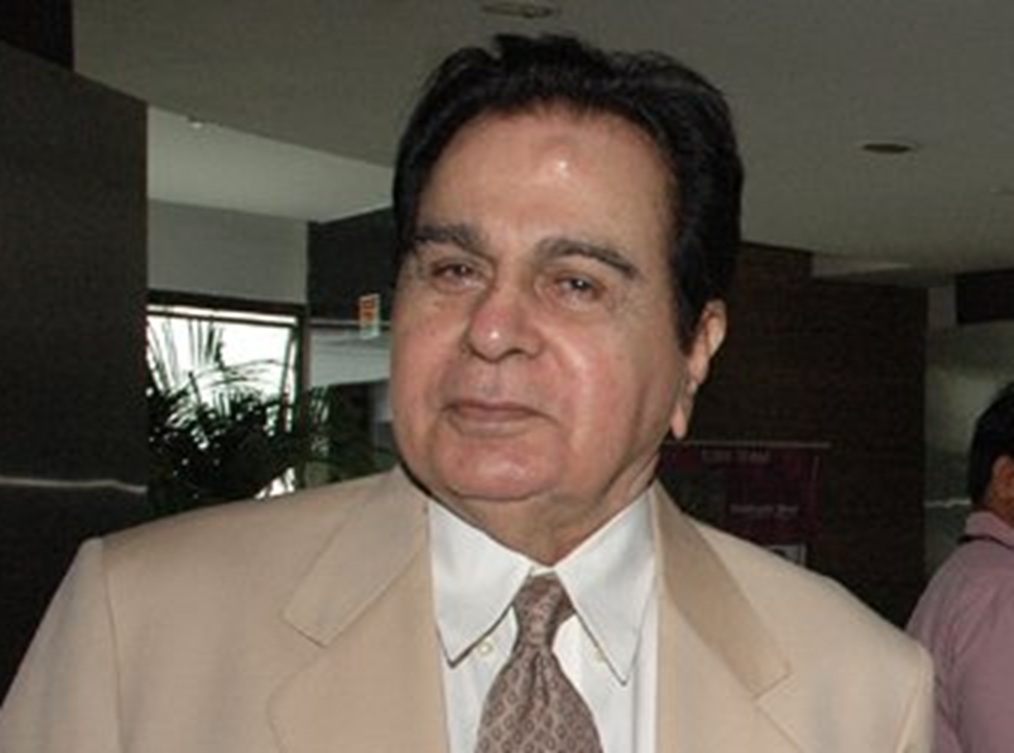 Bollywood Hungama, CC BY 3.0, Wikimedia Commons
Bollywood Hungama, CC BY 3.0, Wikimedia Commons
Li Li Hua
This talented performer took from her parents, who had been trained in the legendary Peking Opera. When she arrived in the United States, her opera abilities were in high demand from the entertainment industry, leading to several roles on the big screen and off.
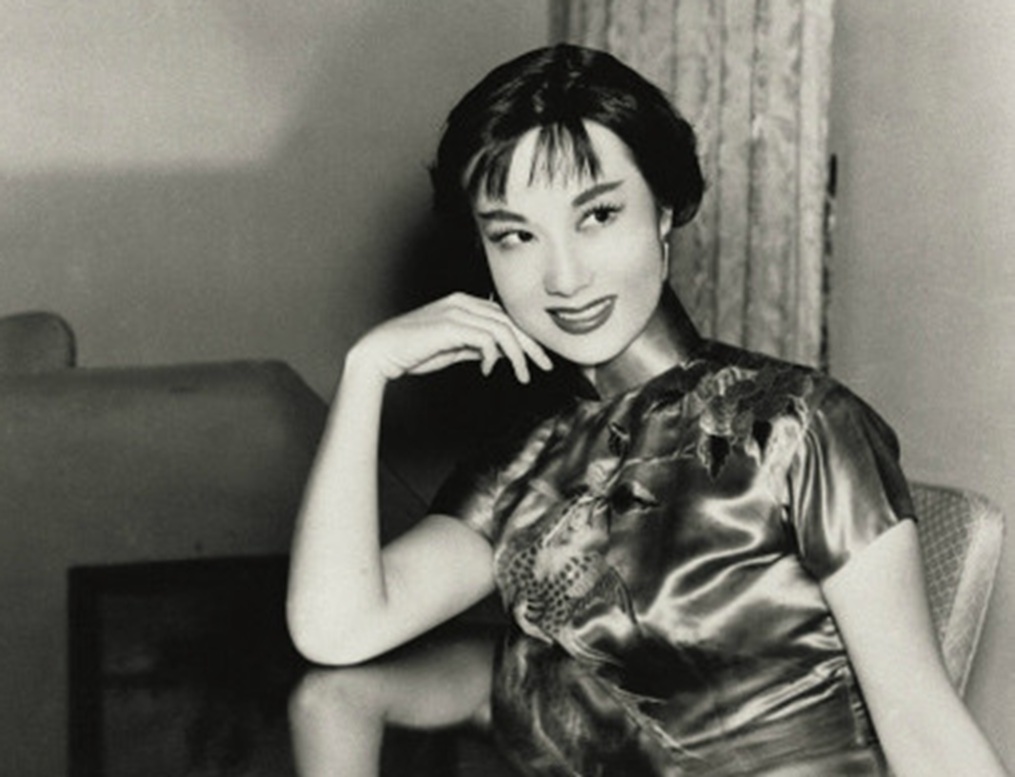 Lang Jingshan, Wikimedia Commons
Lang Jingshan, Wikimedia Commons
Li Li Hua
The star’s filmography racked up over 120 credits, but it’s arguable as to if her talents were ever fully utilized. Her one co-starring role was in the 1958 romantic drama China Doll, which some would point to as having a dated take on race relations.
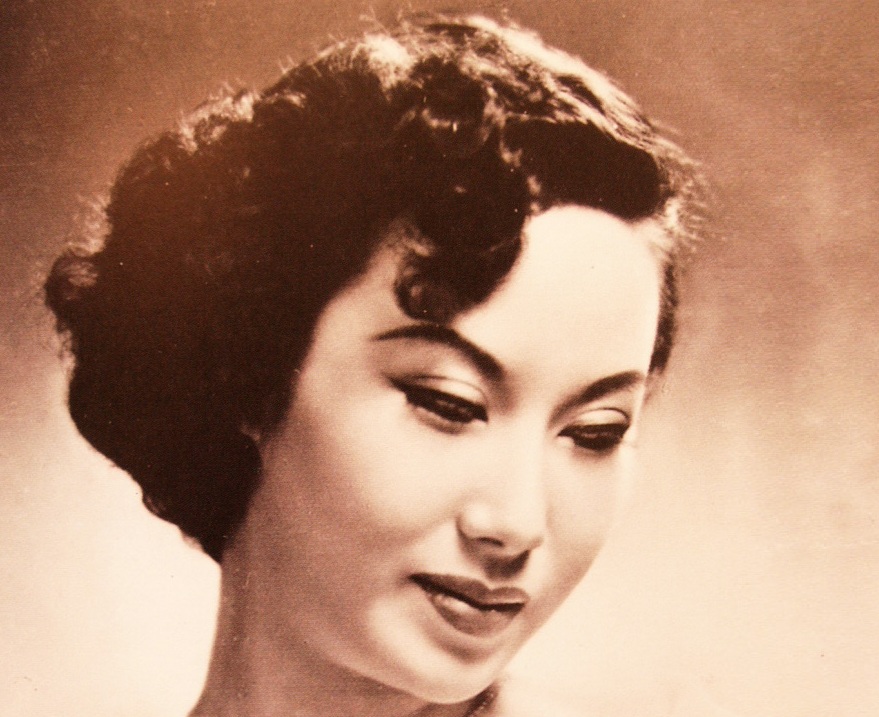 Unknown Author, Wikimedia Commons
Unknown Author, Wikimedia Commons
Merle Oberon
Actress Merle Oberon’s heritage was kept under wraps by Hollywood for a long time, as there was fear of prejudiced backlash against her Indian parentage. She even went about claiming she was born in Tasmania instead of Mumbai to cover any tracks.
Merle Oberon
Oberon racked up an impressive filmography, appearing in titles such as Wuthering Heights, The Dark Angel, and Berlin Express. For anyone who wants more information on her, there’s even a documentary depicting the story titled The Trouble With Merle.
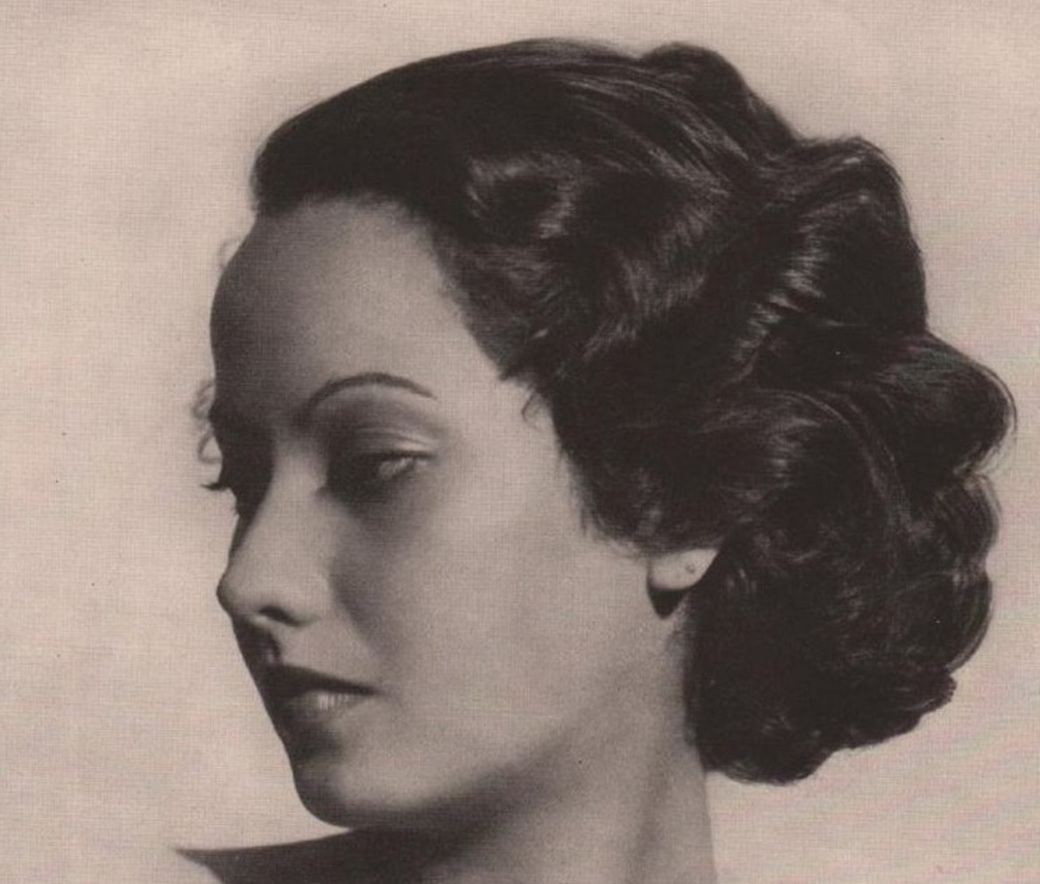 Mario von Bucovich, Wikimedia Commons
Mario von Bucovich, Wikimedia Commons
Maylia Fong
Born in Detroit, Maylia Fong eventually made her way to Hollywood during the 1940s. Her first film was the 1947 romantic noir Singapore, where she made an instant impression for her striking beauty.
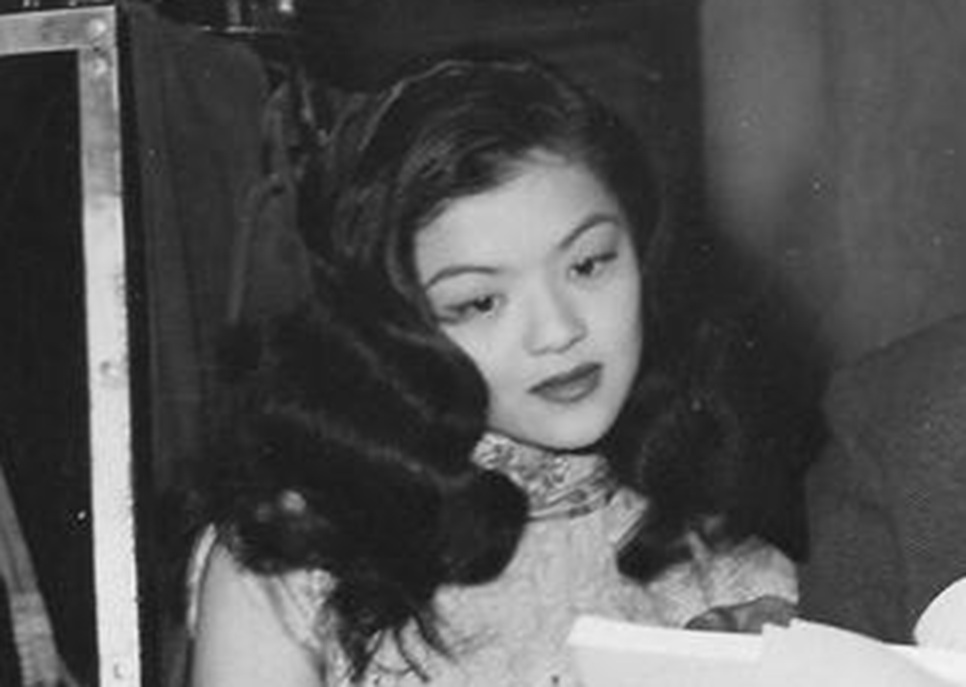 Columbia Pictures, photograph by Christie, Wikimedia Commons
Columbia Pictures, photograph by Christie, Wikimedia Commons
Maylia Fong
Fong’s career was slightly cut short, with her only acting in a handful of films until her retirement in the early 50s. That being said, she had a good reason to leave the limelight, as she wanted to spend time with her family instead of acting.
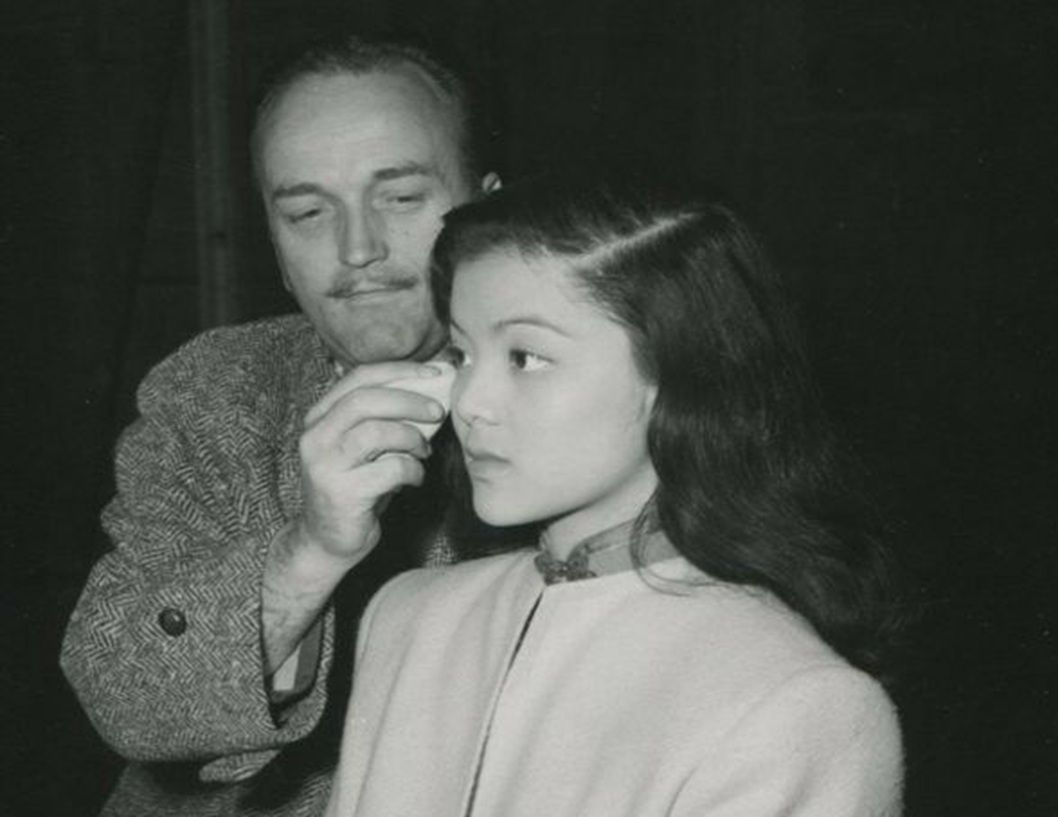 Columbia Pictures, photo by Christie, Wikimedia Commons
Columbia Pictures, photo by Christie, Wikimedia Commons
Maria Menado
Born in Indonesia, Maria Menado eventually found her way to Singapore, where she became the film industry’s leading star of the 1950s. Her big break was as a bloodsucker in the 1957 horror title Pontianak.
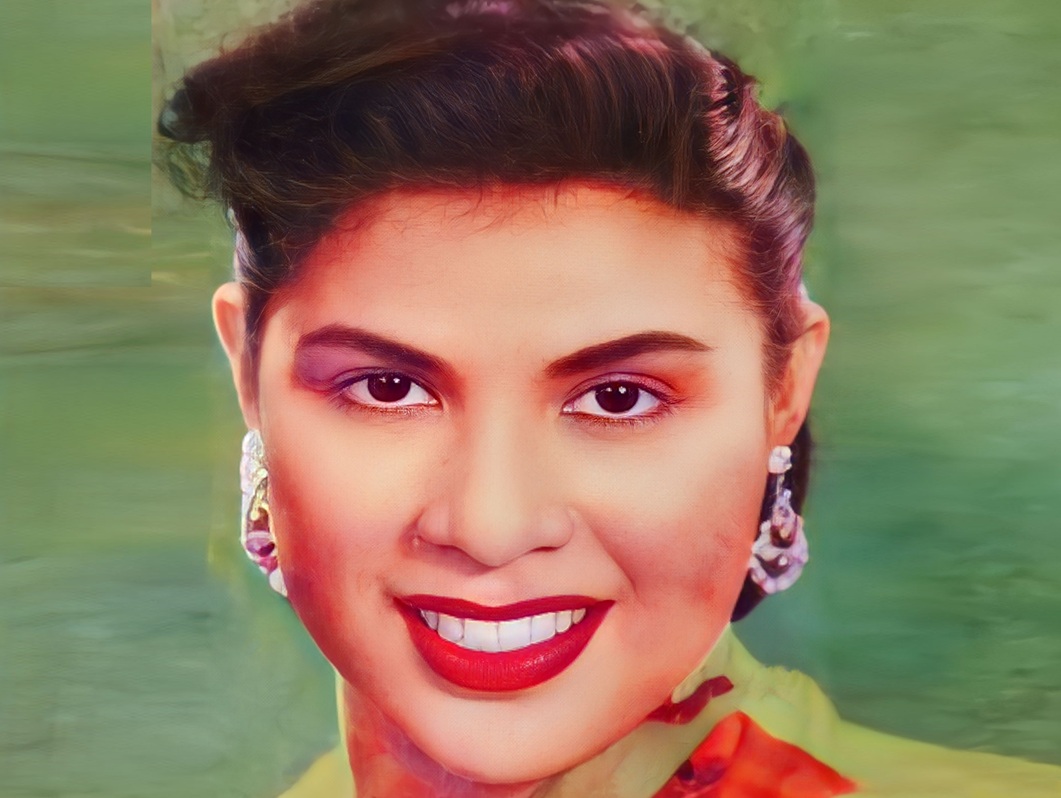 Unknown Author, Wikimedia Commons
Unknown Author, Wikimedia Commons
Maria Menado
Menado also served as a fashion icon, even being deemed the “Best Dressed Woman in South Asia” by United Press International. She truly made a mark beyond just the medium of cinema due to the influence of her style.
 Unknown Author, Wikimedia Commons
Unknown Author, Wikimedia Commons
Keye Luke
With over a hundred film credits to his name, Keye Luke was the definition of a hard-working performer. He was also one of the first Asian action stars to make it in America, pre-dating Bruce Lee in the role of Kato on the television series The Green Hornet.
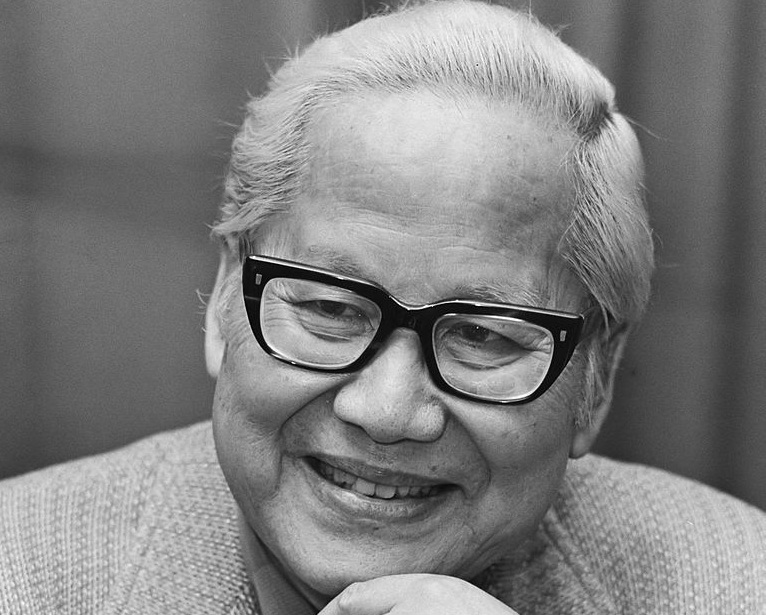 Koen Suyk / Anefo, Wikimedia Commons
Koen Suyk / Anefo, Wikimedia Commons
Keye Luke
Keye Luke also represents an important mark in film history, replacing the culturally insensitive casting of White actor Boris Karloff in the role of the Chinese detective Mr Wong. While Hollywood whitewashing didn’t end there, it still represented a shift that he could take over the role.
 CBS Television, Wikimedia Commons
CBS Television, Wikimedia Commons
Saloma
A trailblazer in film, fashion, and music, Malaysian performer Saloma earned the label of “the Marilyn Monroe of the East” from a famed admirer, Marlon Brando. This was all proof that she was one of the leading sex symbols of the 1950s.
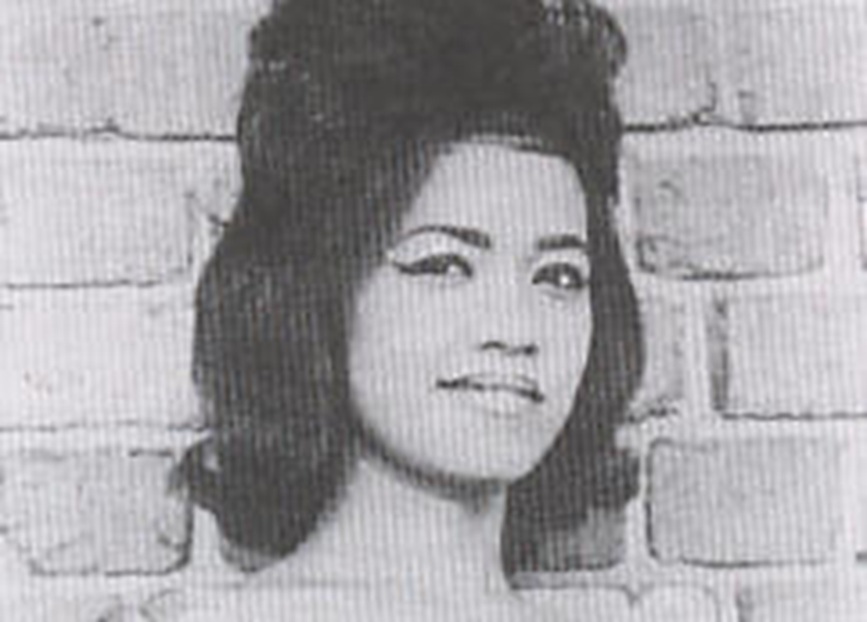 cikguali.wordpress.com, FAL, Wikimedia Commons
cikguali.wordpress.com, FAL, Wikimedia Commons
Saloma
While not necessarily a ton of Saloma’s films have endured in the cultural consciousness, it doesn’t necessarily matter. After all, she always cited herself as more of a singer than an actress, with her voice matching the strength of her appearance.
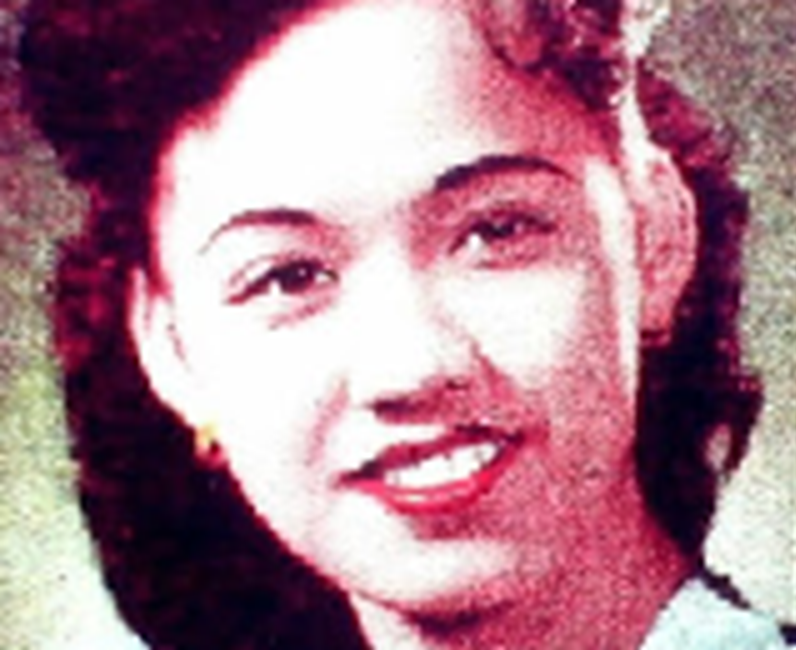 Shh zn, CC BY-SA 4.0, Wikimedia Commons
Shh zn, CC BY-SA 4.0, Wikimedia Commons
Toshia Mori
Born in Kyoto, Toshia Mori came to Los Angeles as a young child with her dreams already big. This is why she began working as an actress in her teen years, eager to climb her way up in Hollywood.
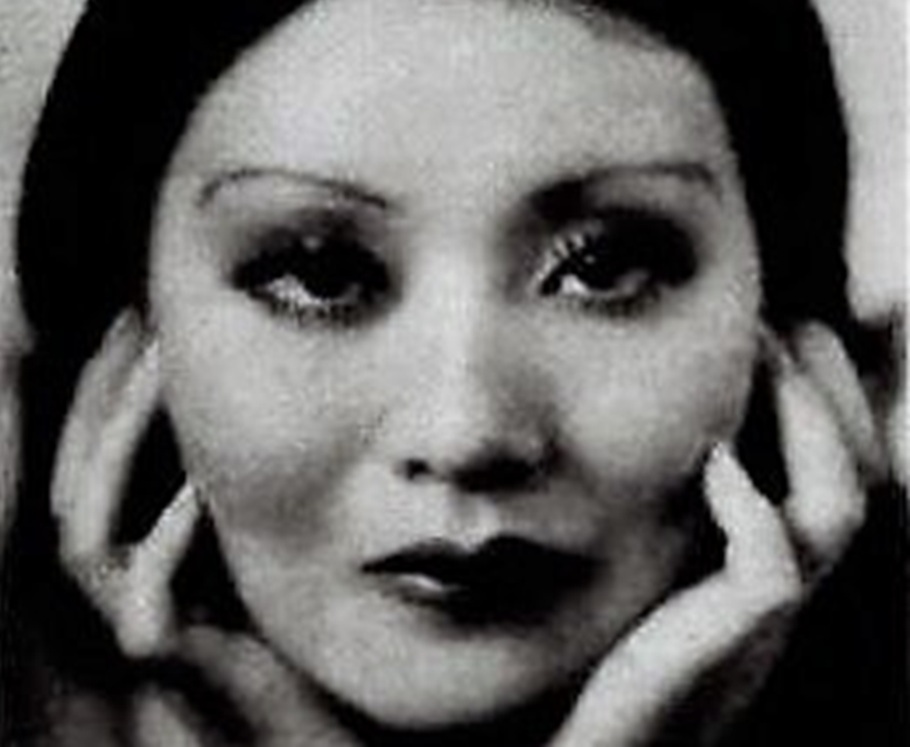 The New Movie Magazine, Wikimedia Commons
The New Movie Magazine, Wikimedia Commons
Toshia Mori
During the 1930s, Mori was able to sign an extended contract with Columbia Pictures which provided steady work on the big screen. The highlight being her third-billed role in Frank Capra’s dated, if still very compelling, drama The Bitter Tea of General Yen.
 Columbia Pictures, Wikimedia Commons
Columbia Pictures, Wikimedia Commons
Tsuru Aoki
Her acting career dating to the end of the 19th century, Tsuri Aoki was able to make a mark on both the big screen and in Kabuki theater. The story goes that an American film producer saw her performing with a traveling Kabuki company, where he then recruited her to the burgeoning medium of film.
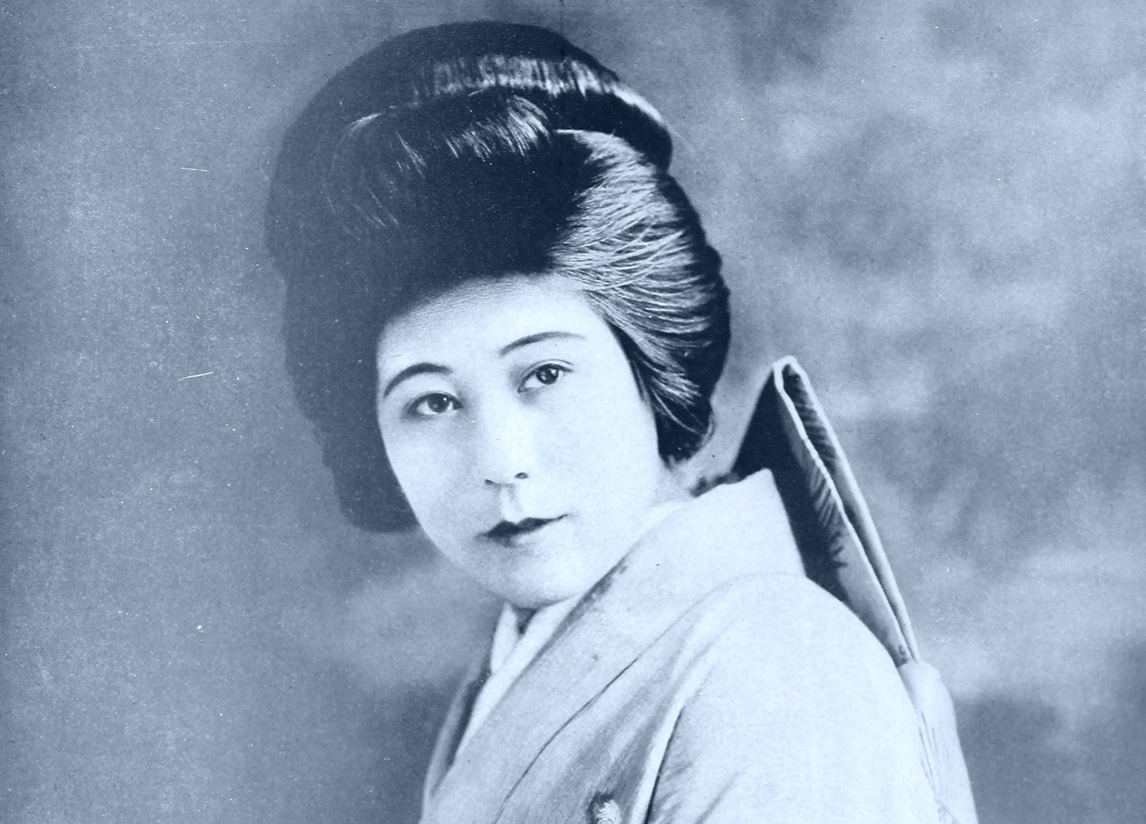 Anknown Author, Wikimedia Commons
Anknown Author, Wikimedia Commons
Tsuru Aoki
Her first film appearance was in 1913’s The Oath of Tsuru-San, which is borderline impossible to track down these days. Her film career reflects the unfortunate truth of the silent era hosting countless lost films due to the lack of preservation.
 Atlantic Pictures, Wikimedia Commons
Atlantic Pictures, Wikimedia Commons
Lady Tsen Mei
Born in 1880s Pennsylvania to a Chinese father and a Black mother, Lady Tsen Mei was the first Black Asian movie actress in film history. Her first performing credits were in vaudeville instead of film acting, though, where she honed her craft.
Lady Tsen Mei
Her vaudeville skills caught the attention of filmmakers and led to her being cast in the currently unavailable 1918 film For the Freedom of the East. To date, only one of her films is available to see, the 1929 drama The Letter.
 Lotus Blossom (1921), Wikimedia Commons
Lotus Blossom (1921), Wikimedia Commons
Etta Lee
Born in Hawaii, Etta Lee didn’t initially have dreams of being an actress, instead working as a teacher. This was until, by stroke of luck, the wife of a director spotted her and saw a potential movie star in her midst.
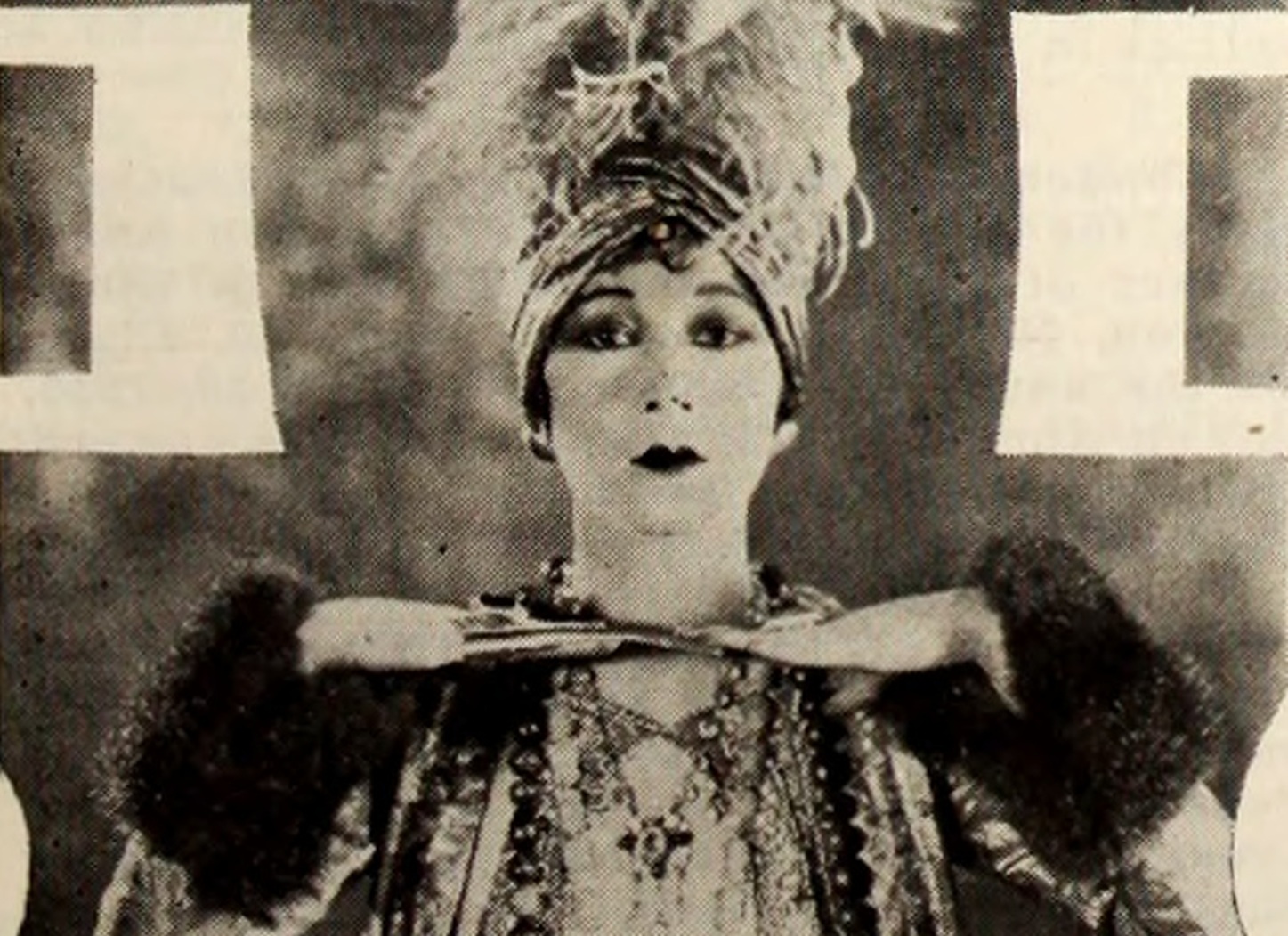 Paramount Pictures, Wikimedia Commons
Paramount Pictures, Wikimedia Commons
Etta Lee
Working frequently, Lee found herself typecast in maid or slave roles that were more in the background than the foreground. Yet she had a bit of a breakout role with the 1923 film The Untameable, which shocked audiences with her character’s queer subtext.
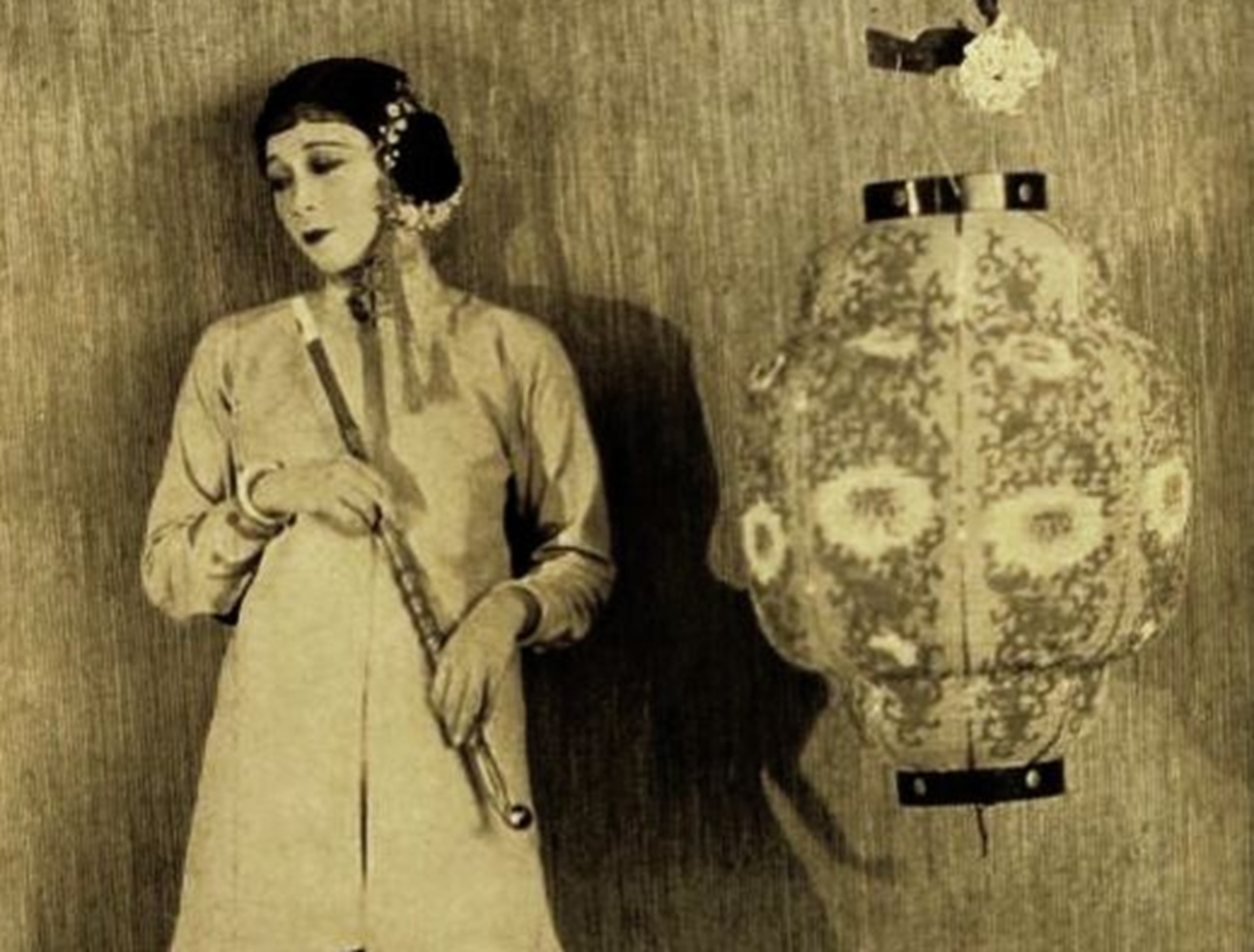 Paul Grenbeaux, L.A., Wikimedia Commons
Paul Grenbeaux, L.A., Wikimedia Commons
Anna Chang
Anna Chang only had two film credits to her name, but one certainly has a large place in cinema history. One of them is Singapore Sue, where she’s opposite Cary Grant in his first-ever film appearance.
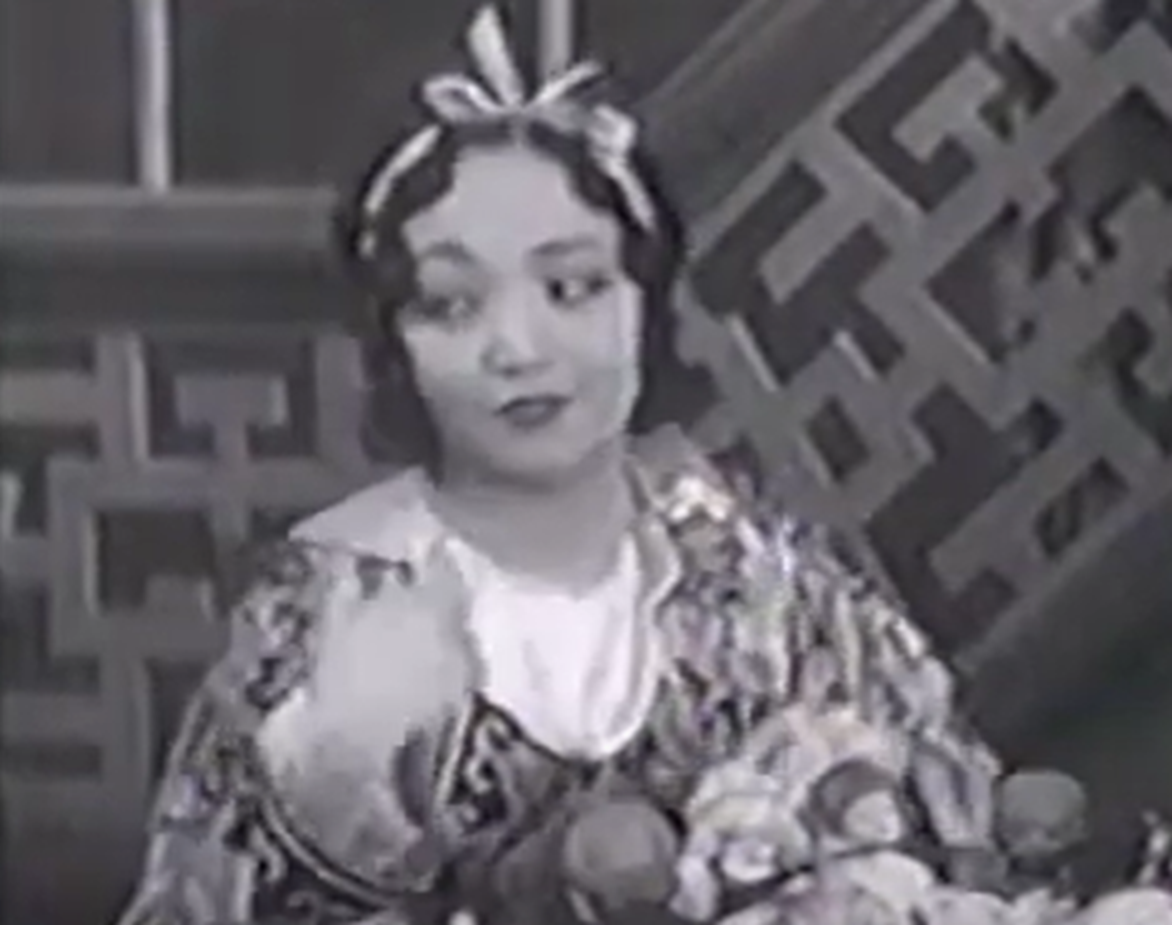 Paramount, Singapore Sue (1932)
Paramount, Singapore Sue (1932)
Anna Chang
In that brief appearance opposite Cary Grant, Chang showed off her singing skills, in one of the few scenes from the film people will pinpoint as good. It’s a shame the vaudeville star wasn’t given more big-screen opportunities to highlight her talent.
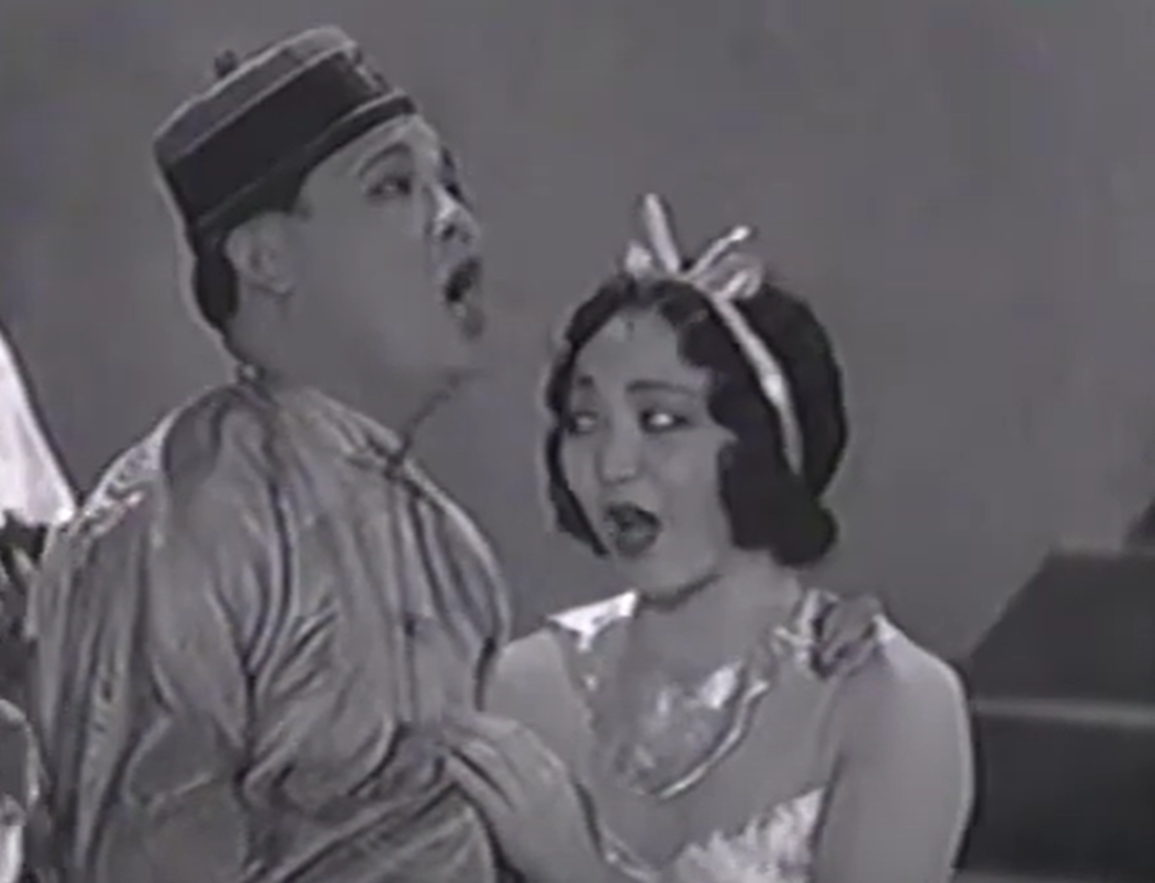 Paramount, Singapore Sue (1932)
Paramount, Singapore Sue (1932)
Lotus Long
A quintessential B-movie actress, the New Jersey-born Lotus Long got unfortunately stuck in a lot of demeaning island girl-type roles. She did get to star in films with heavily diverse casts though, like when she appeared opposite an Inuit performer Mala in the 1935 thriller, Last of the Pagans.
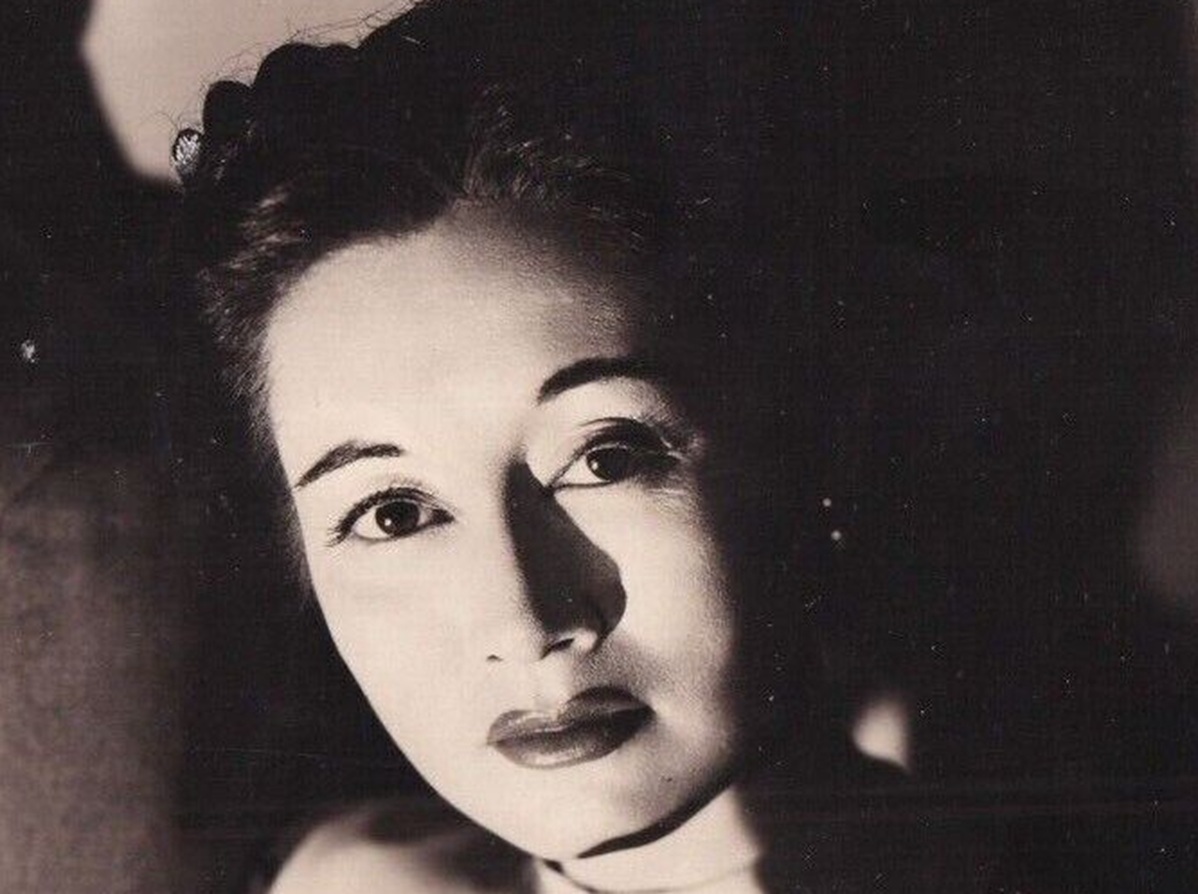 Paramount Pictures, Wikimedia Commons
Paramount Pictures, Wikimedia Commons
Lotus Long
In the realm of diverse casts, Long also got to appear opposite previous list entry Keye Luke in his Mr Wong entry Phantom of Chinatown. The film wasn’t great material per se, but at least it showcased non-demeaning roles for Asian actors in Hollywood.
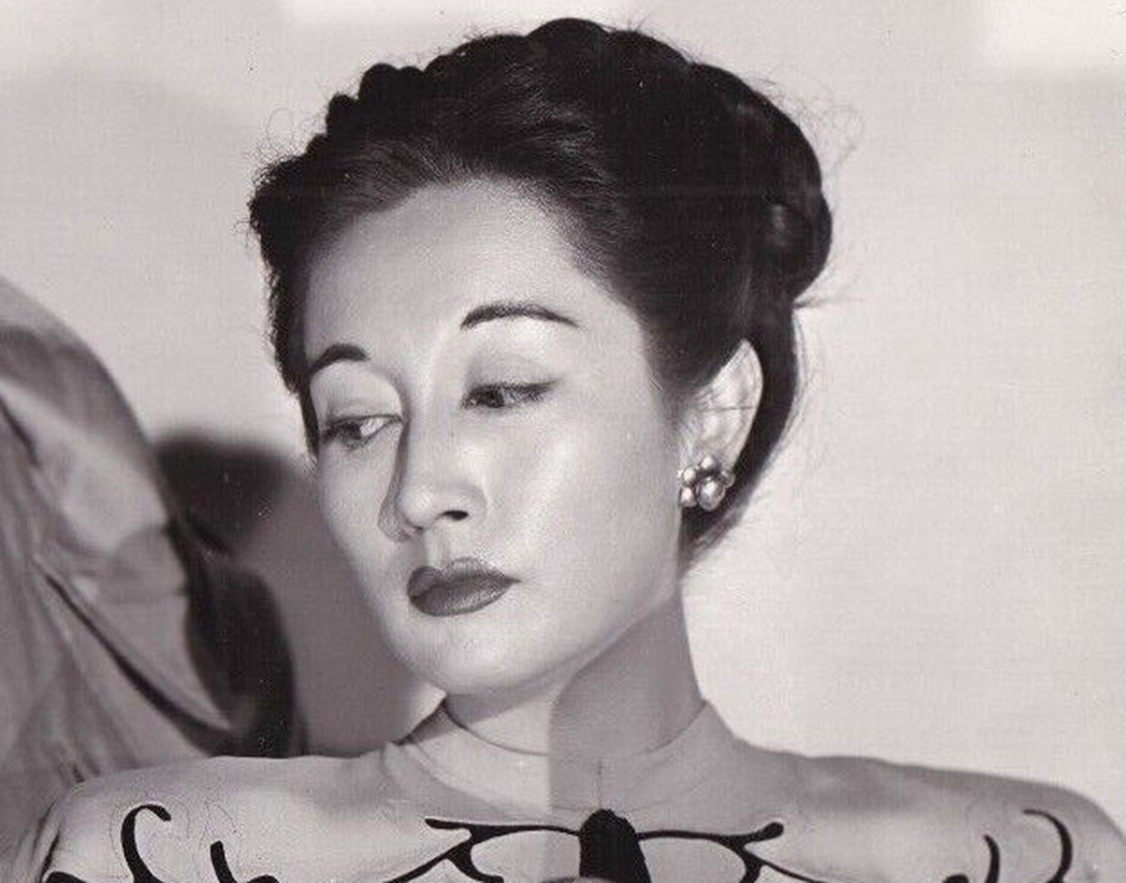 Paramount Pictures Inc., Wikimedia Commons
Paramount Pictures Inc., Wikimedia Commons
Nancy Kwan
The American-born actress Nancy Kwan got her start in the 1960 romantic drama The World of Suzie Wong. It was the beginning of a fruitful career that lasted up until the past decade, with her last credit in 2016.
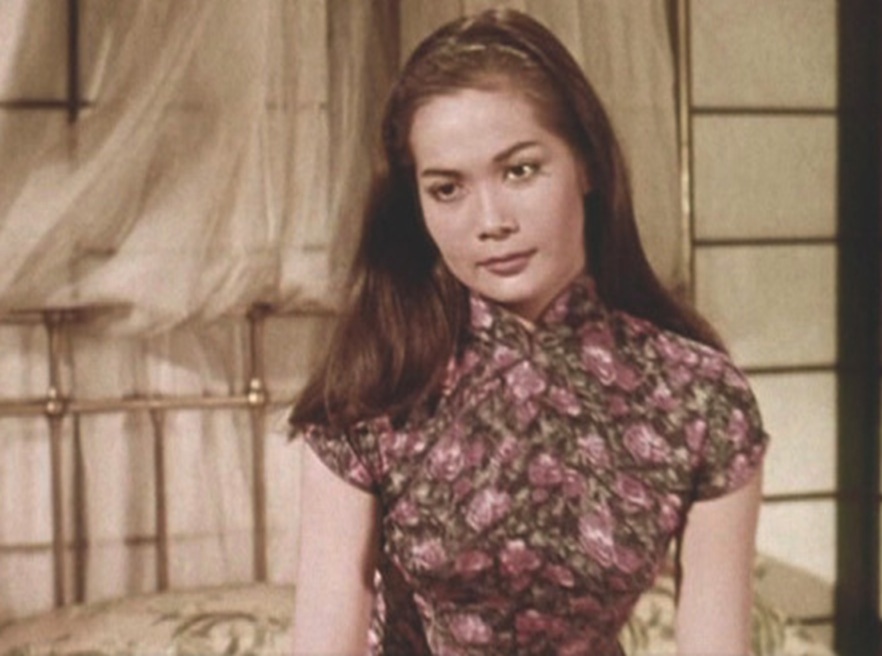 Unknown Author, Wikimedia Commons
Unknown Author, Wikimedia Commons
Nancy Kwan
Kwan was quick to acknowledge herself as being typecast in a number of stereotypical roles that didn’t let her get to show a ton of range. The aforementioned longevity of her career, though, proved she certainly always had considerable talent.
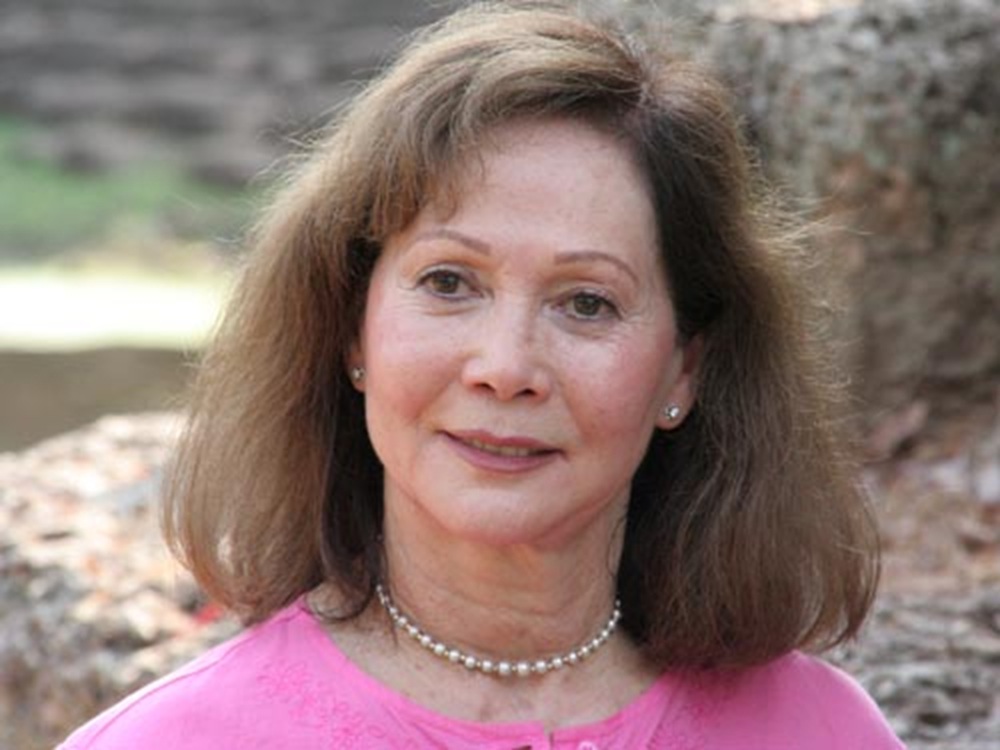 Jonathan Lee, CC BY-SA 3.0, Wikimedia Commons
Jonathan Lee, CC BY-SA 3.0, Wikimedia Commons
Gedde Watanabe
We can take a brief pause from the silent and classical era to showcase a slightly more contemporary actor, Gedde Watanabe, who perhaps has the unfortunate legacy of perpetuating stereotypes that remained long past the 30s and 40s. The character of Long Duk Dong from 1984’s Sixteen Candles may ring a bell.
 Ken Lubas, Los Angeles Times, CC BY 4.0, Wikimedia Commons
Ken Lubas, Los Angeles Times, CC BY 4.0, Wikimedia Commons
Gedde Watanabe
All that being said, Watanabe has maintained an impressively long-lasting career since his heyday in the 1980s, with him still working today. He’s particularly active in the realm of voice acting, having recently done work for Kung Fu Panda 4.
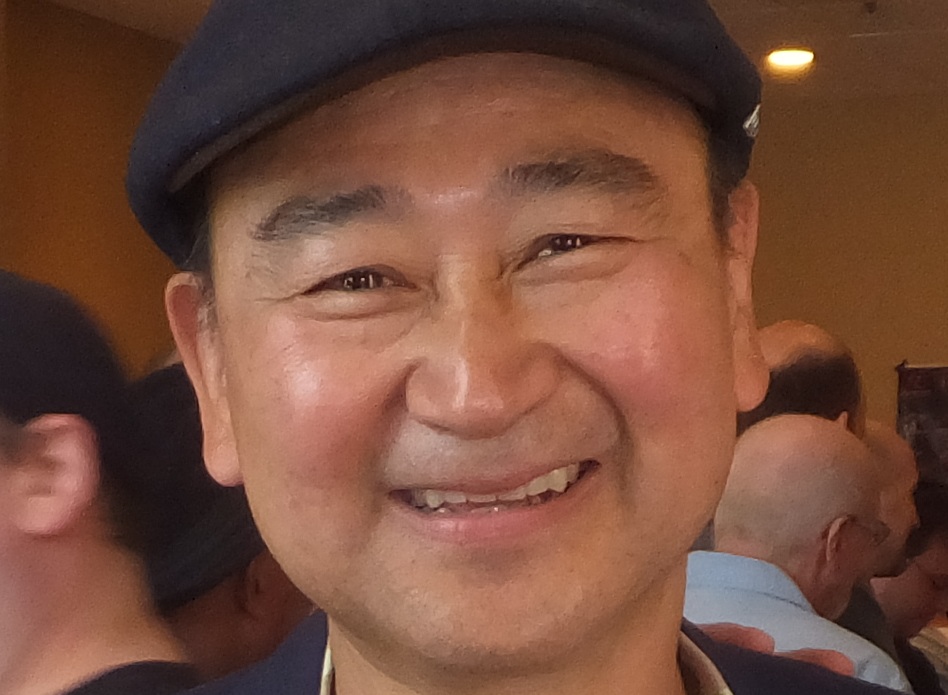 Rob DiCaterino, CC BY 2.0, Wikimedia Commons
Rob DiCaterino, CC BY 2.0, Wikimedia Commons
Mako
With almost 80 film credits to his name, Academy Award nominee Mako made a considerable impression on the history of Japanese actors in Hollywood. Despite his success abroad, he also made sure to respect his homeland and make the odd appearance in Japanese films like Takashi Miike’s The Bird People of China.
 Nancy Wong, CC BY-SA 3.0, Wikimedia Commons
Nancy Wong, CC BY-SA 3.0, Wikimedia Commons
Mako
Passing away in 2006, the actor saw two films of his posthumously released in 2007, that being the animated TMNT as the voice of Splinter and the vampire thriller Rise: Blood Hunter. With so many credits to his name, you’re guaranteed to have seen at least a couple of films he was in.
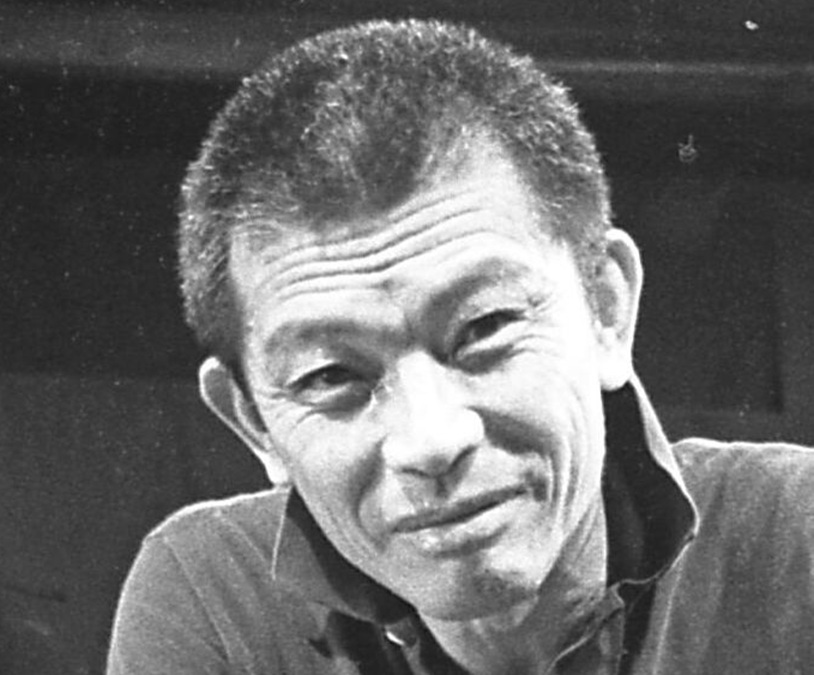 Jeff Share, Los Angeles Times, CC BY 4.0, Wikimedia Commons
Jeff Share, Los Angeles Times, CC BY 4.0, Wikimedia Commons
Anna May Wong
The Los Angeles-born Anna May Wong was a considerably big deal for Asian American representation onscreen, boasting the lead roles in films like Daughter of the Dragon or The Toll of the Sea during the 1920s and 30s. However, she expressed much dismay over Hollywood due to being typecast in villain roles, which reinforced negative stereotypes of Chinese people at the time.
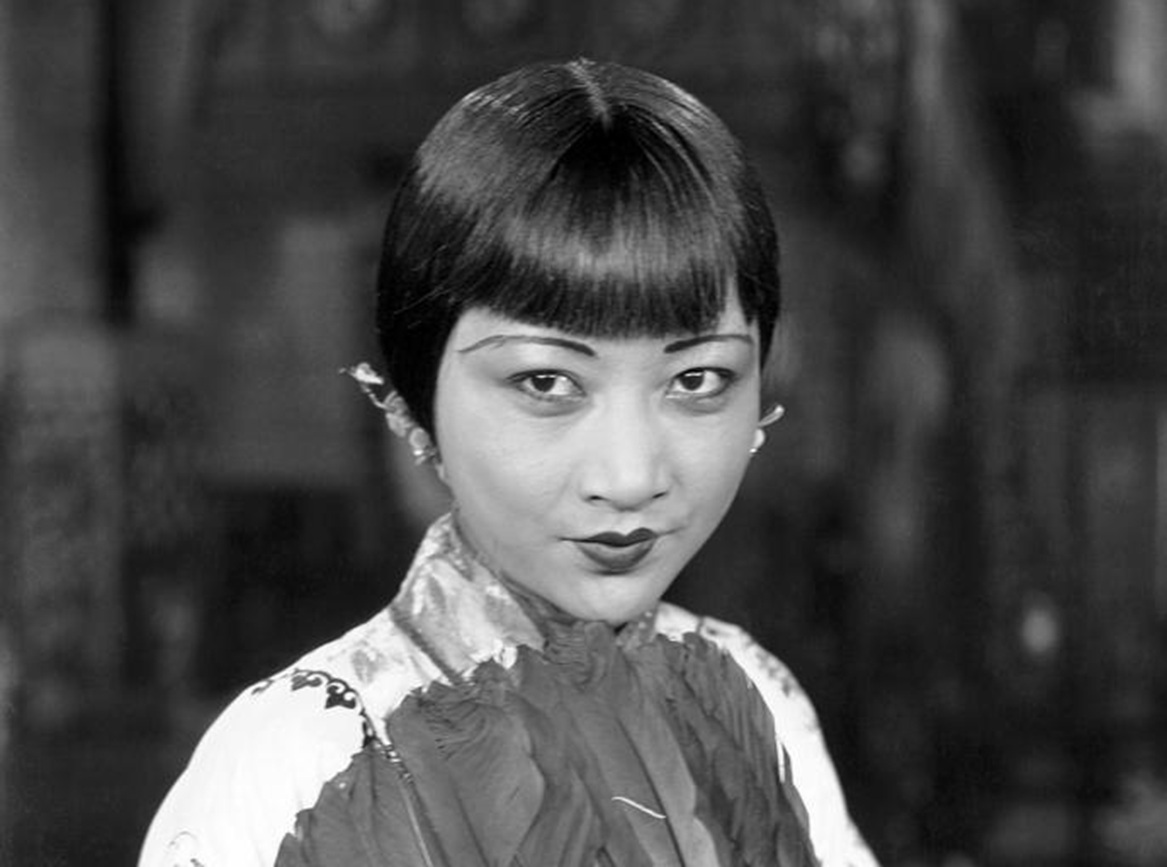 First National Films, Wikimedia Commons
First National Films, Wikimedia Commons
Anna May Wong
Wong’s legend was partly represented when depicted by actress Li Jun Li as a stand-in named Lady Fay Zhu in the 2022 film Babylon. Many of her recent films have even been restored due to a resurgence of interest in her body of work.
You May Also Like:
The Tragic Story Of Disney’s Forgotten Child Star


